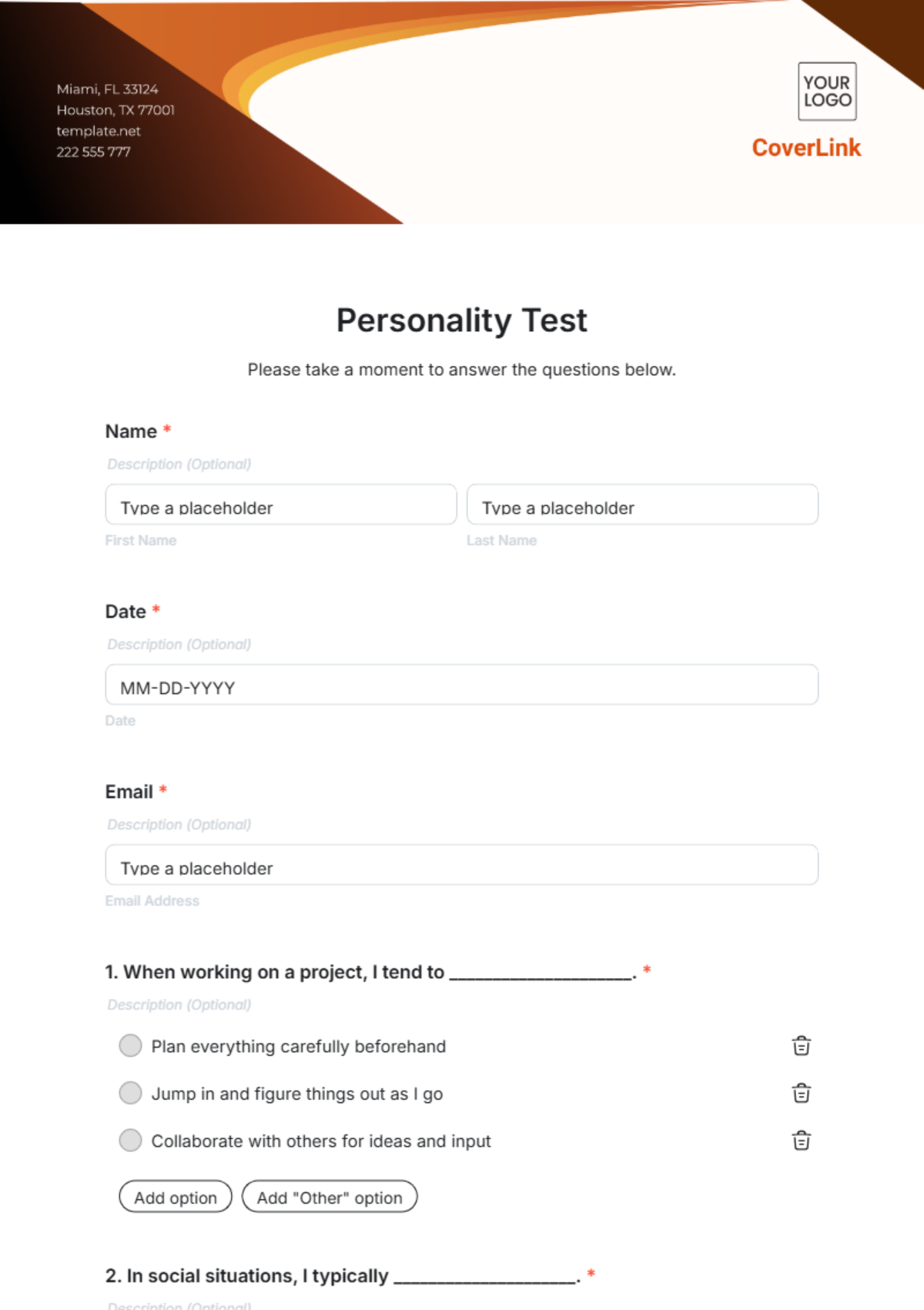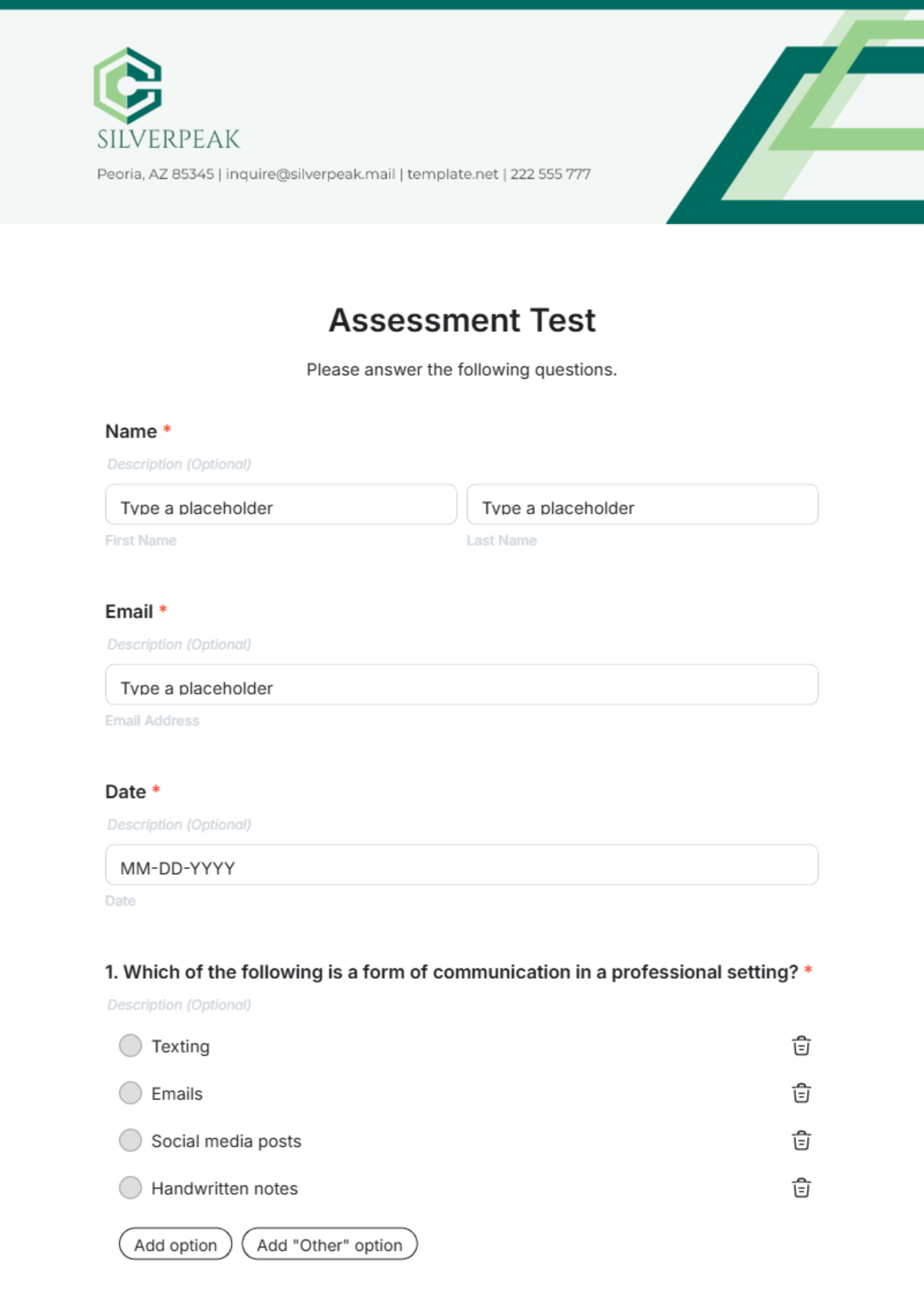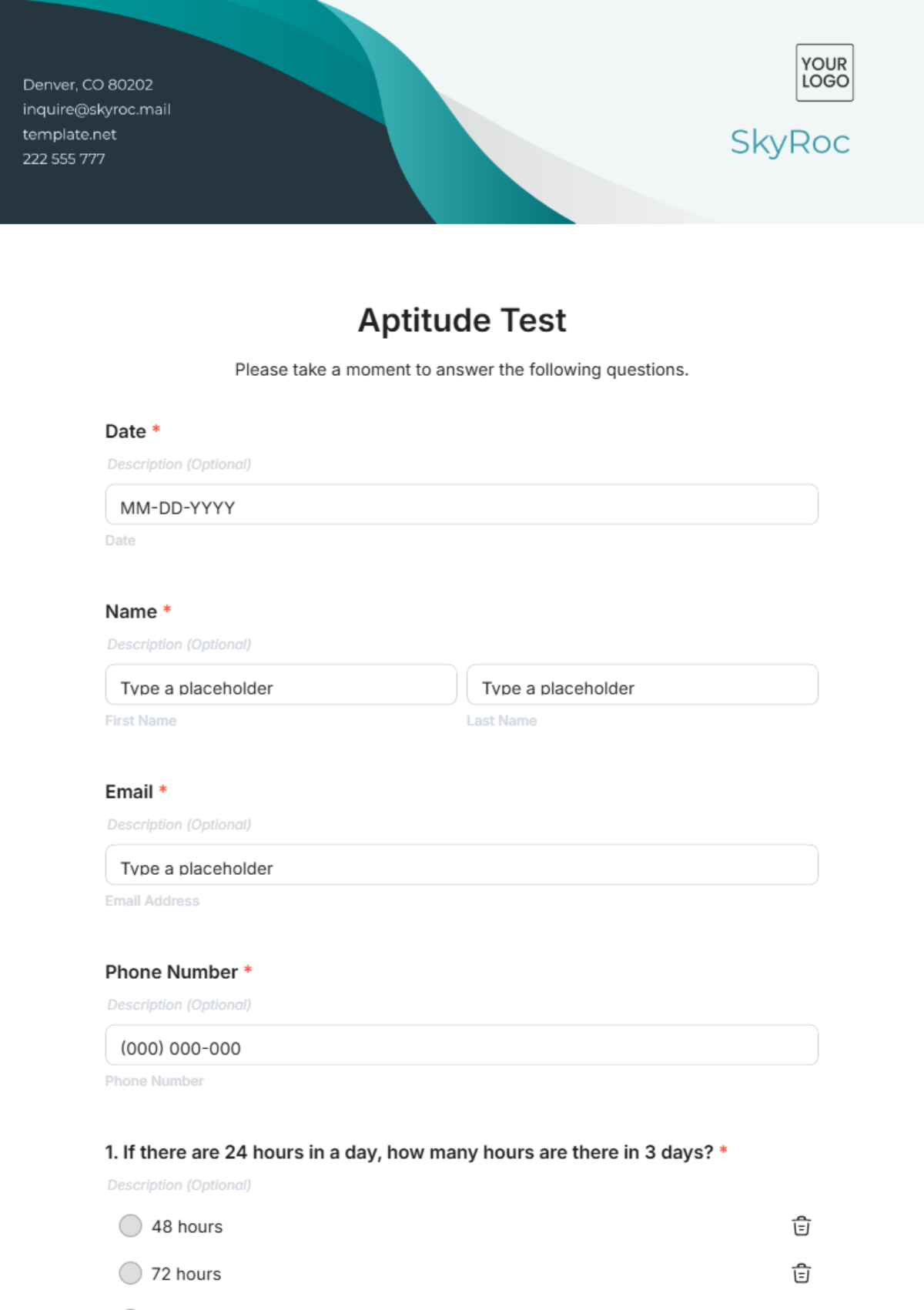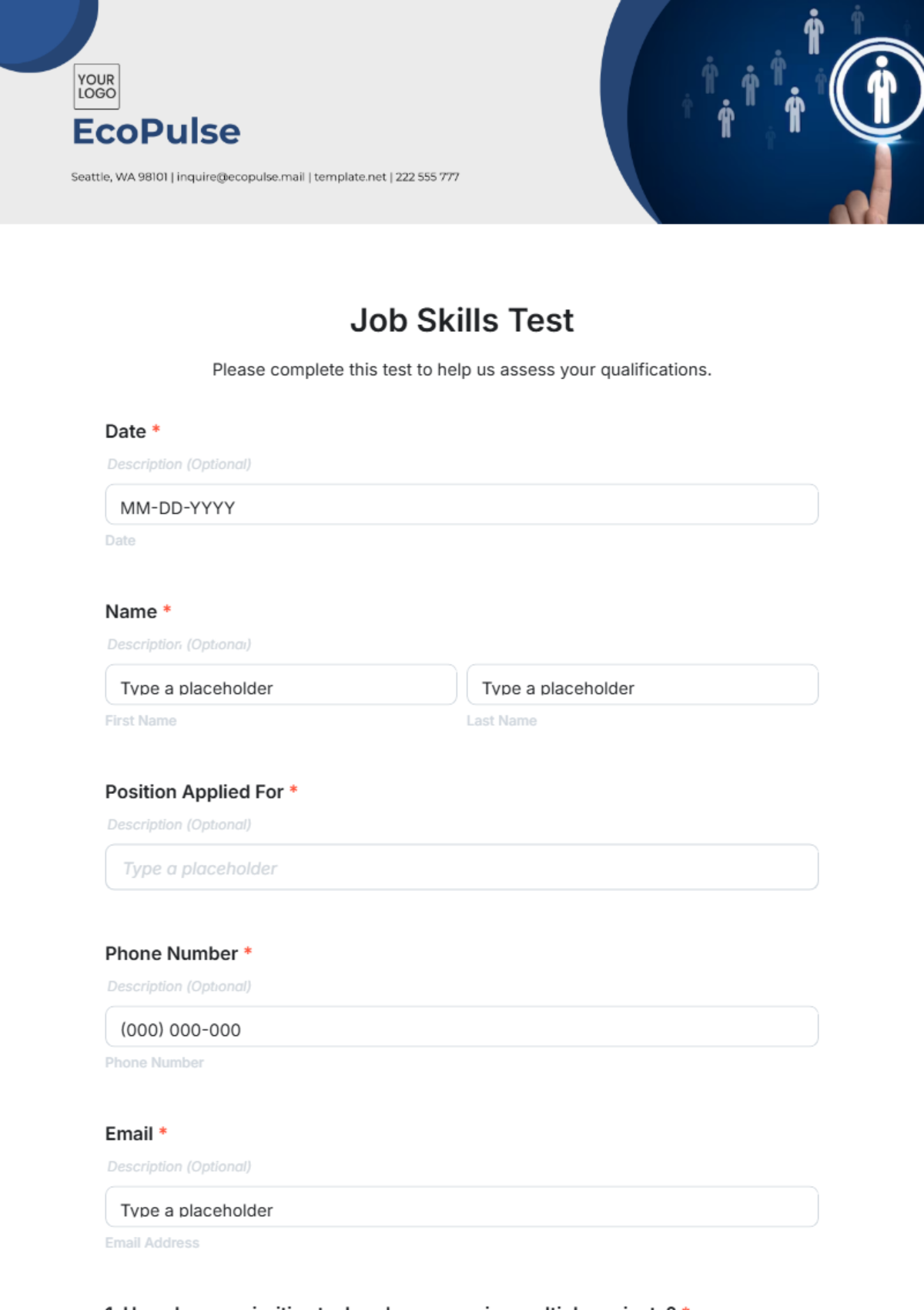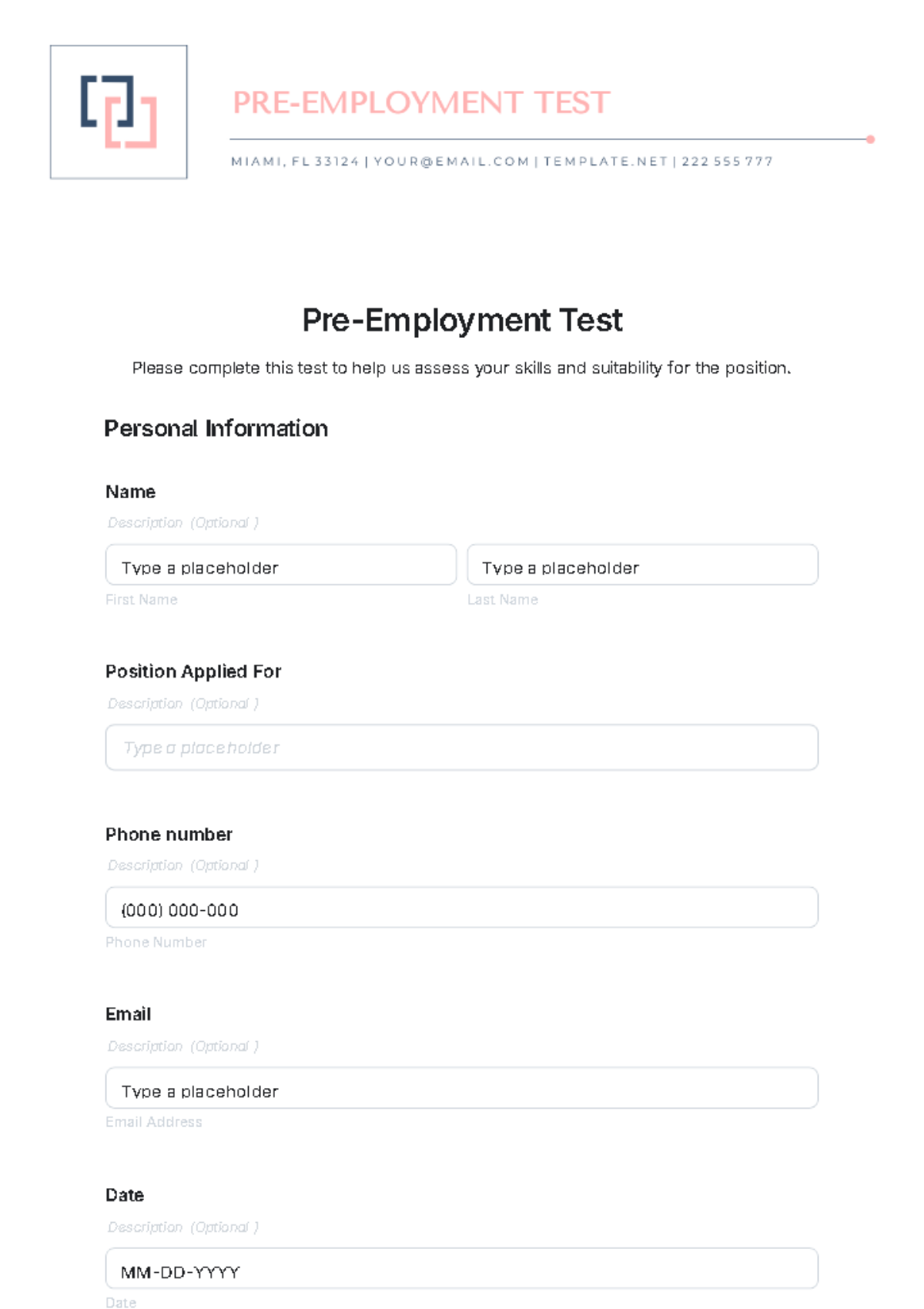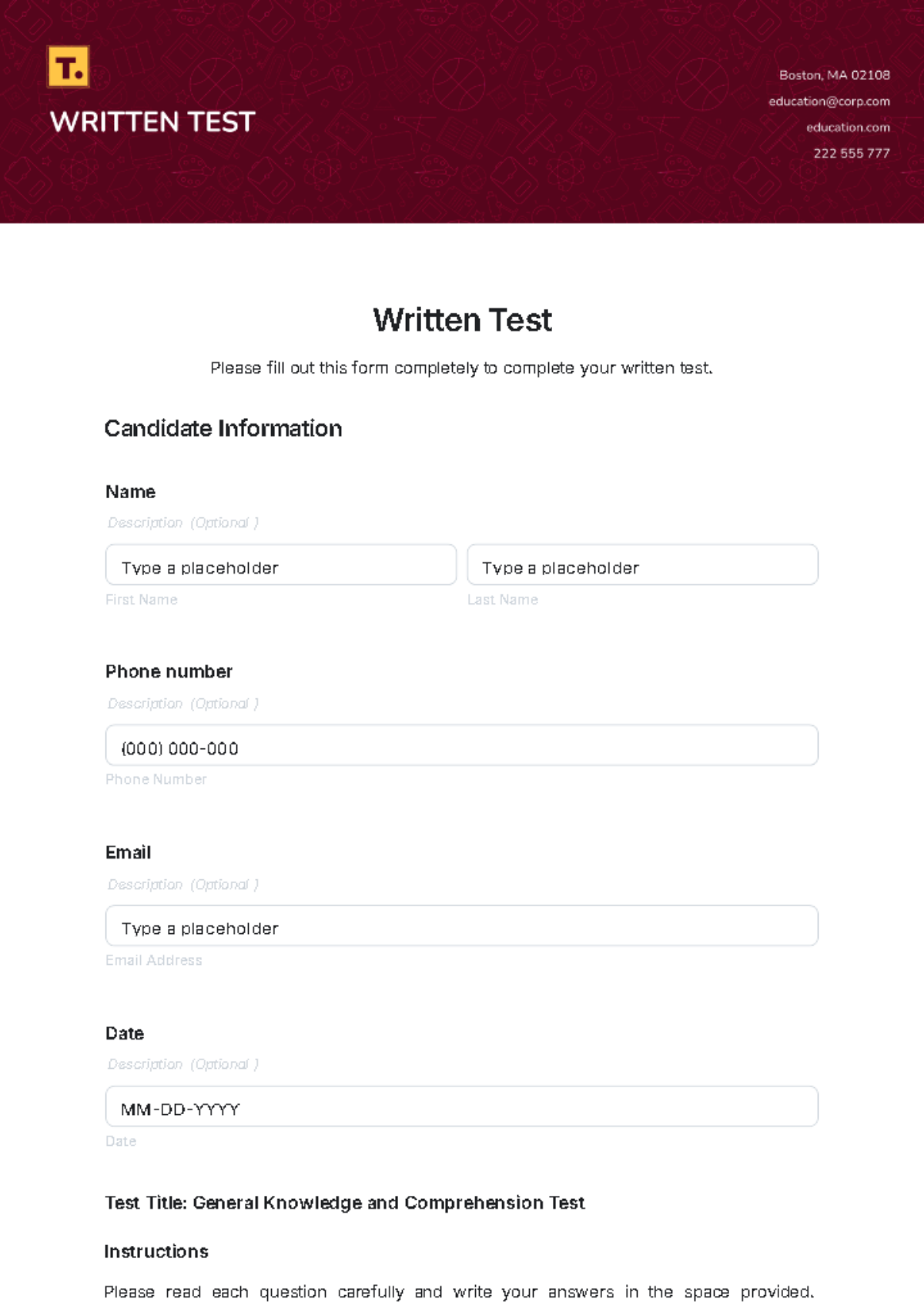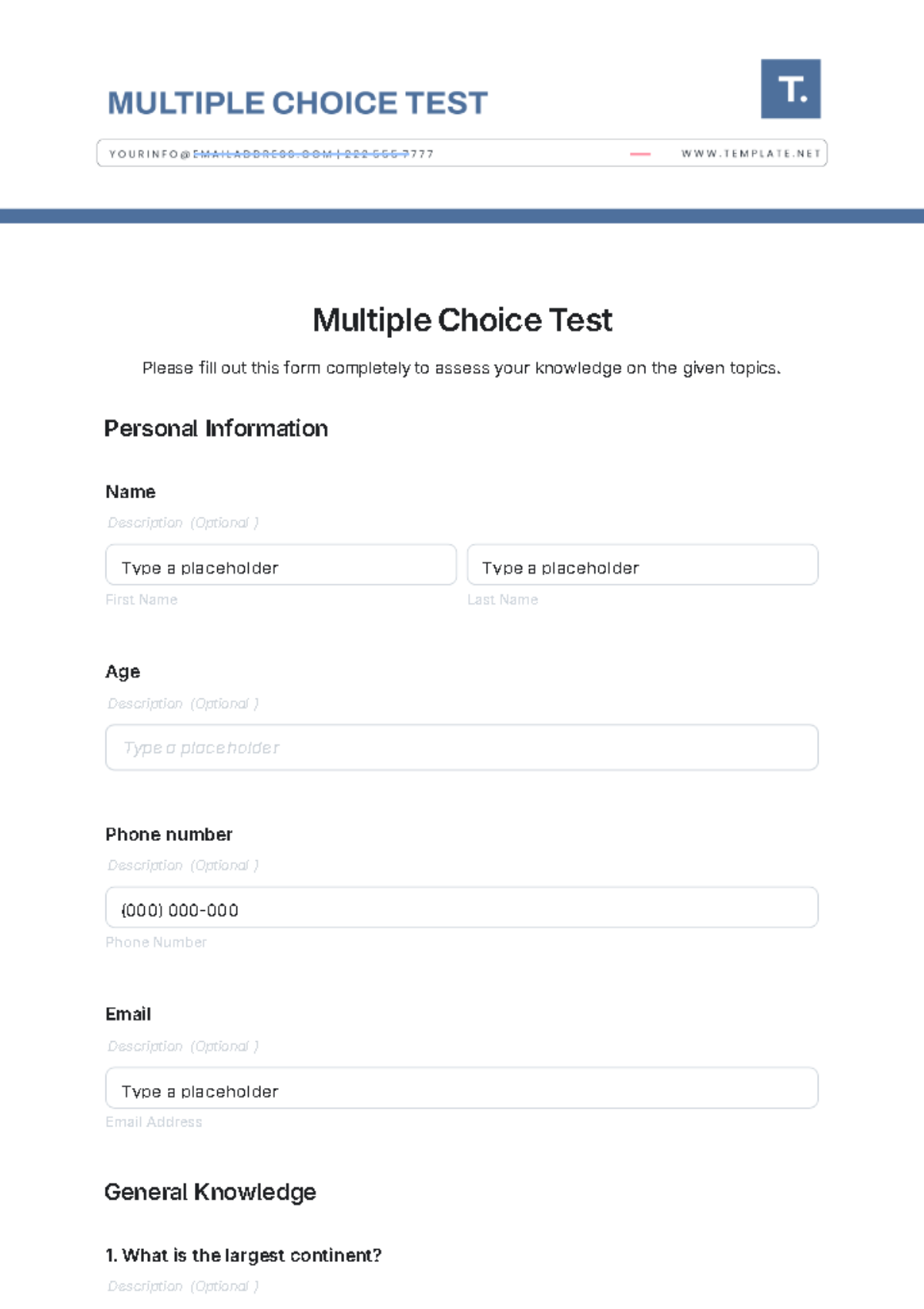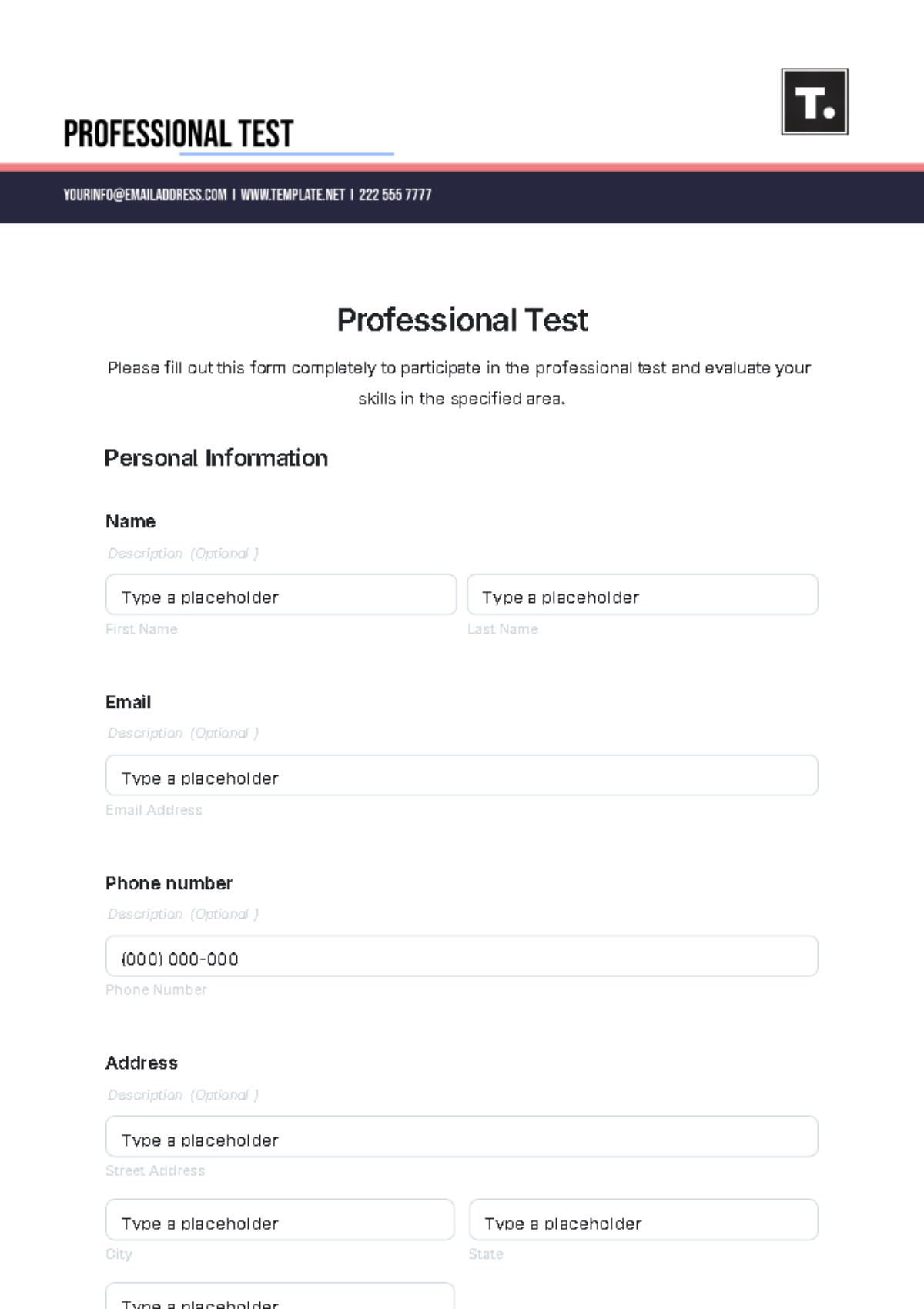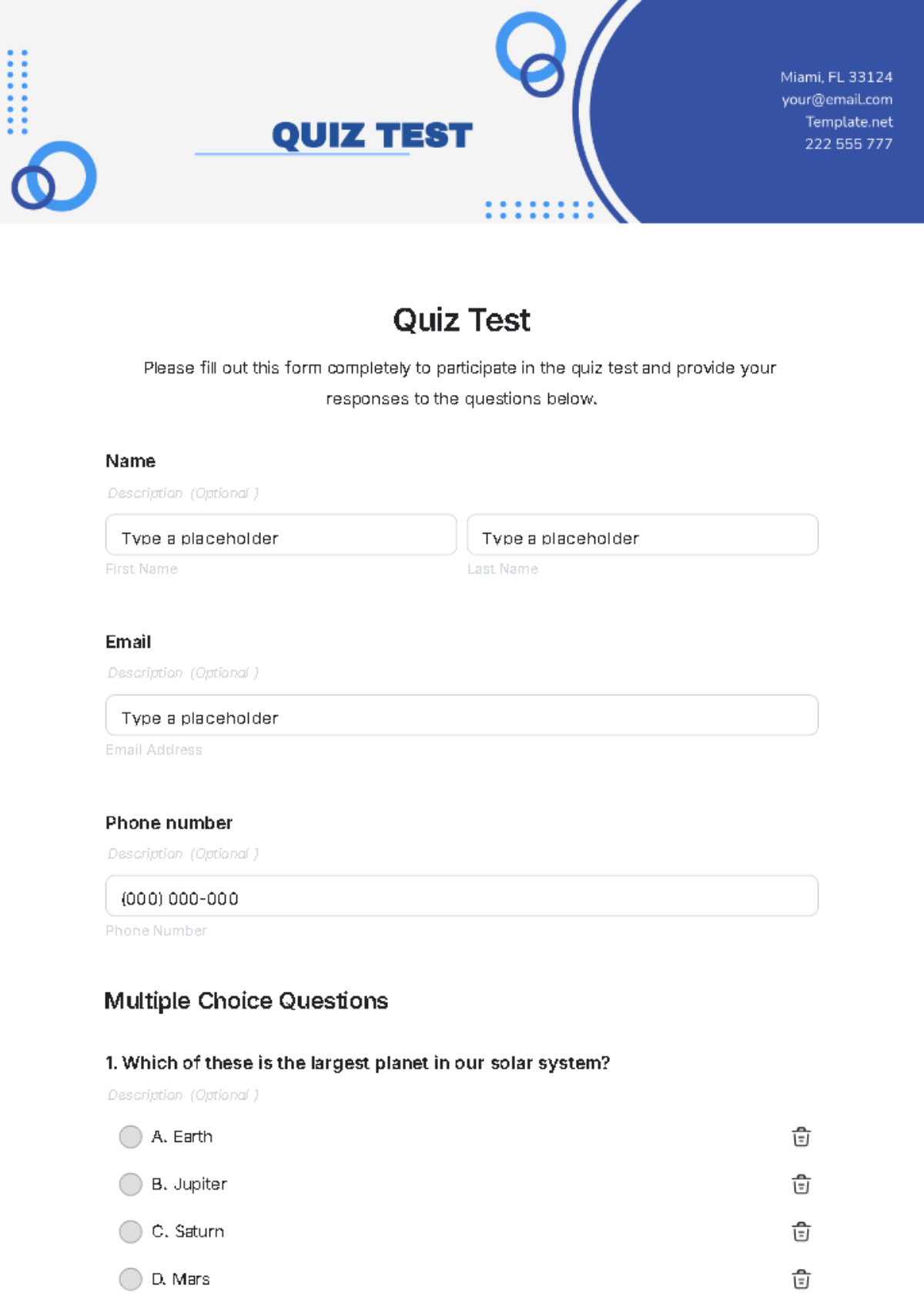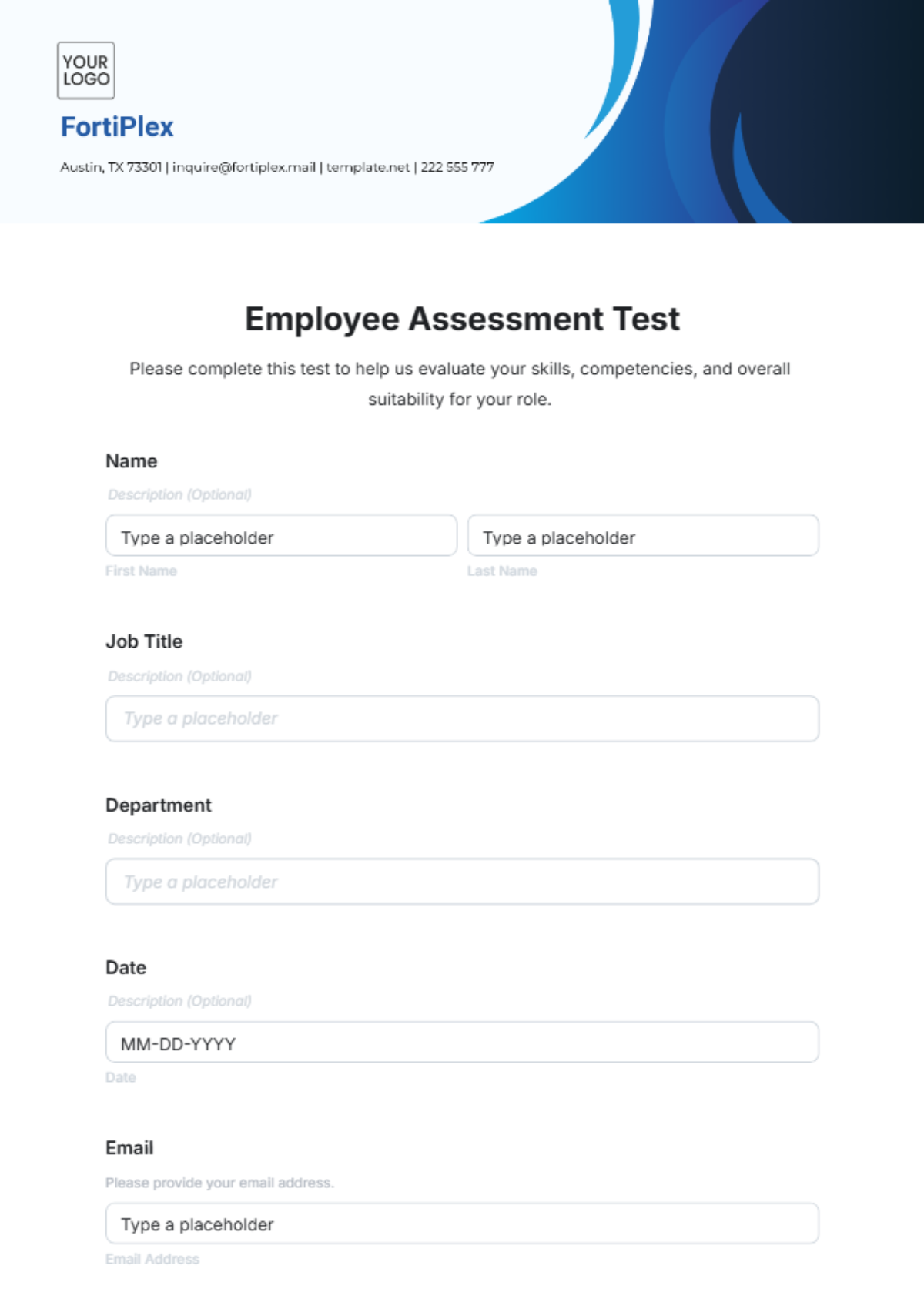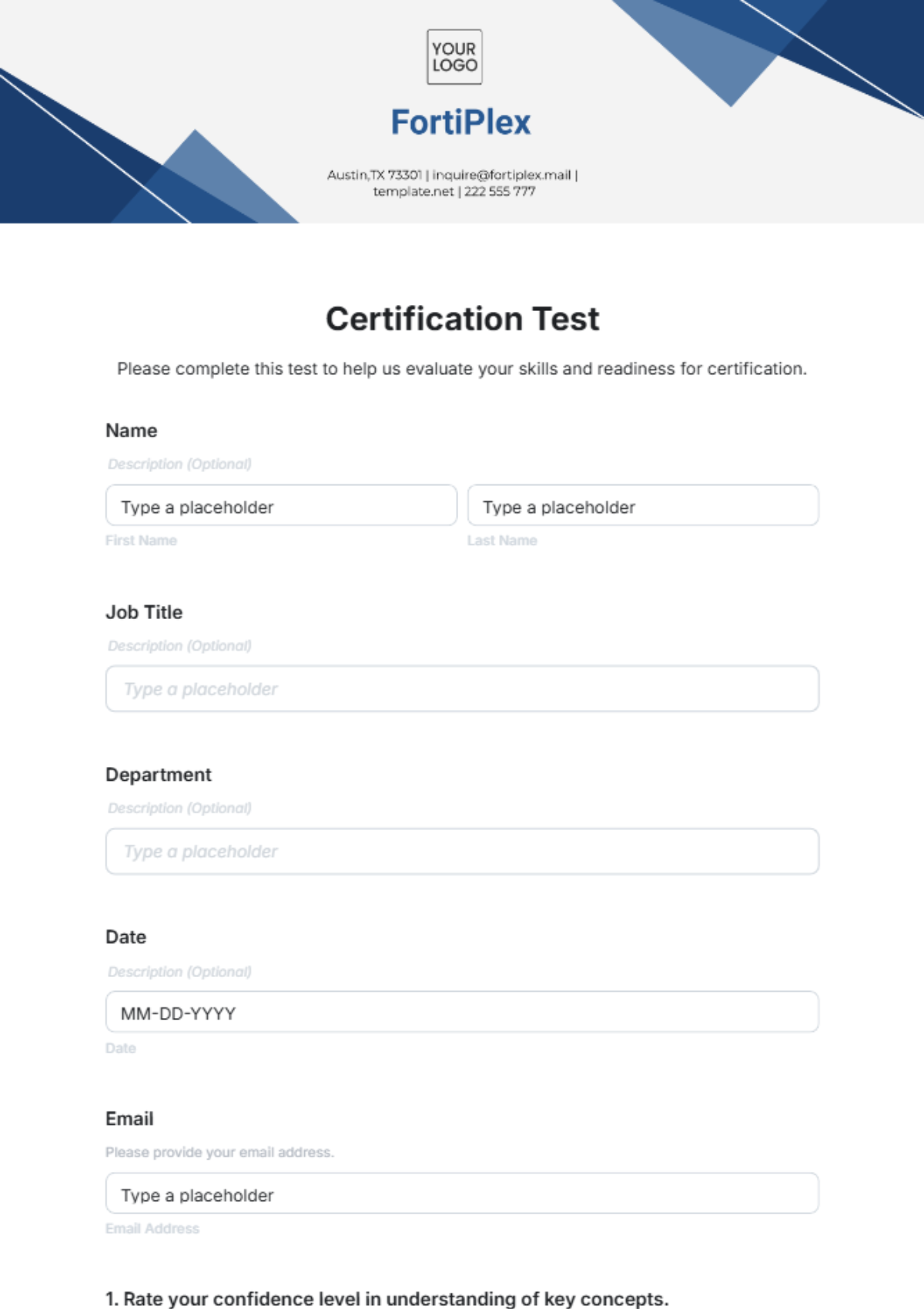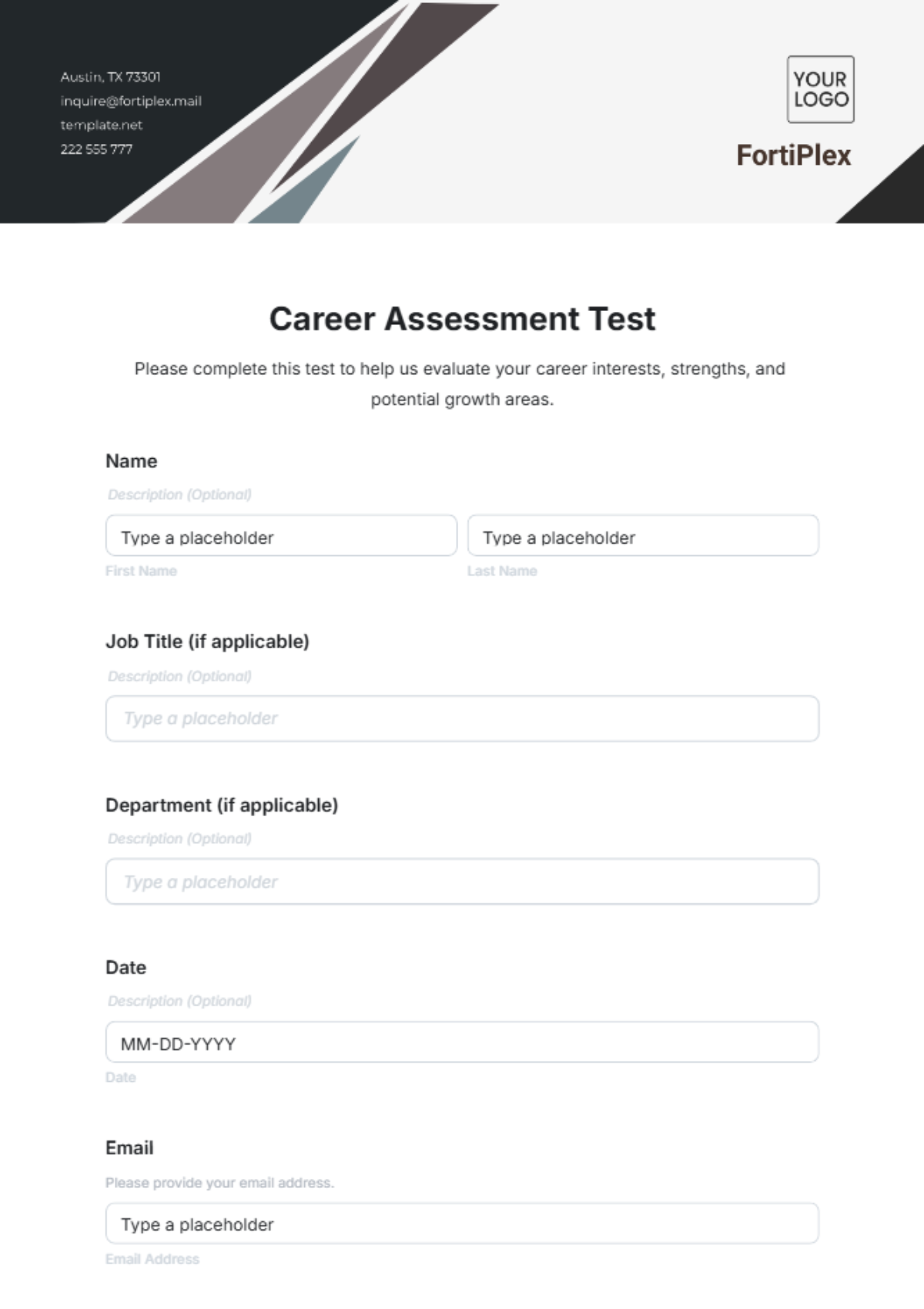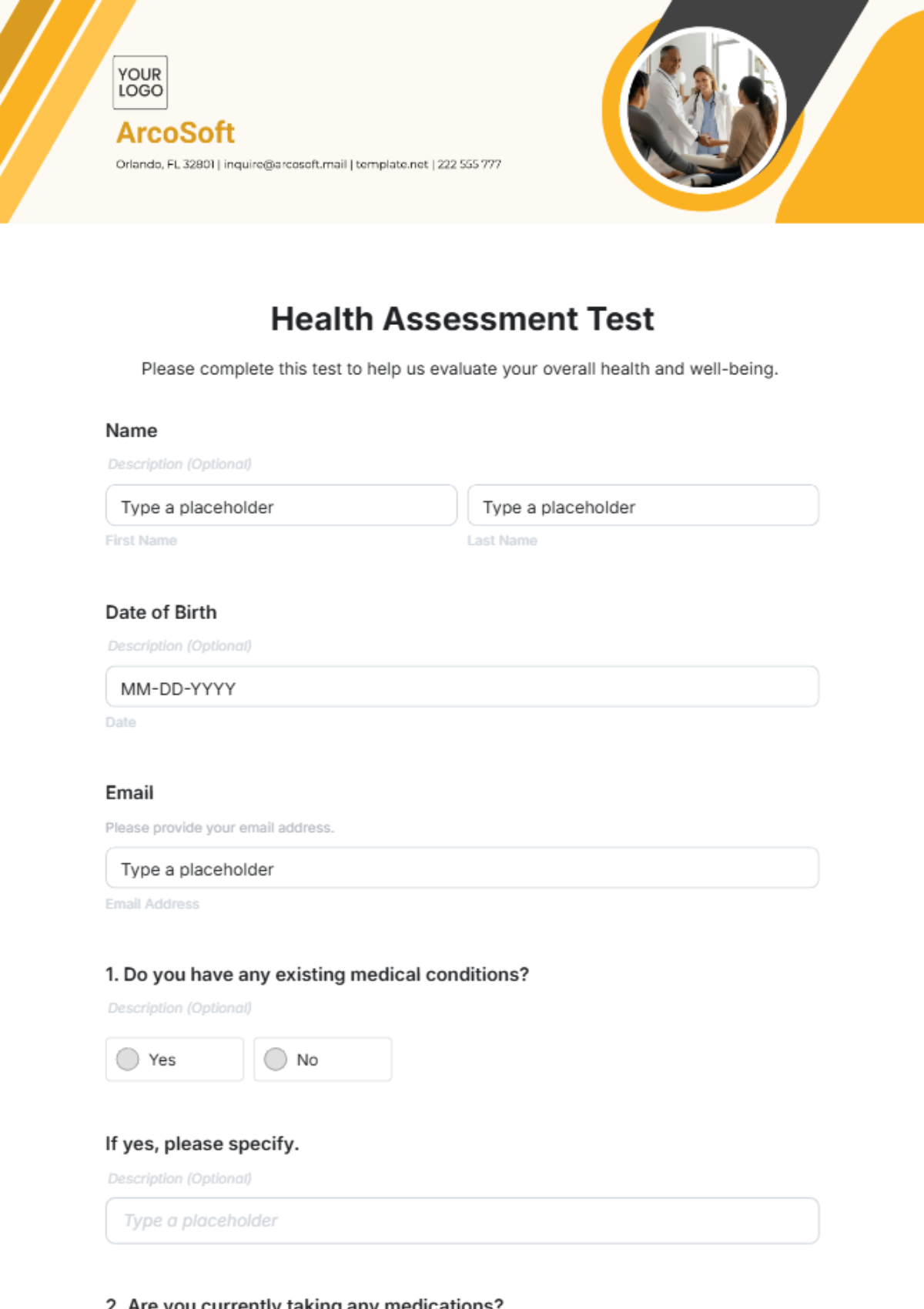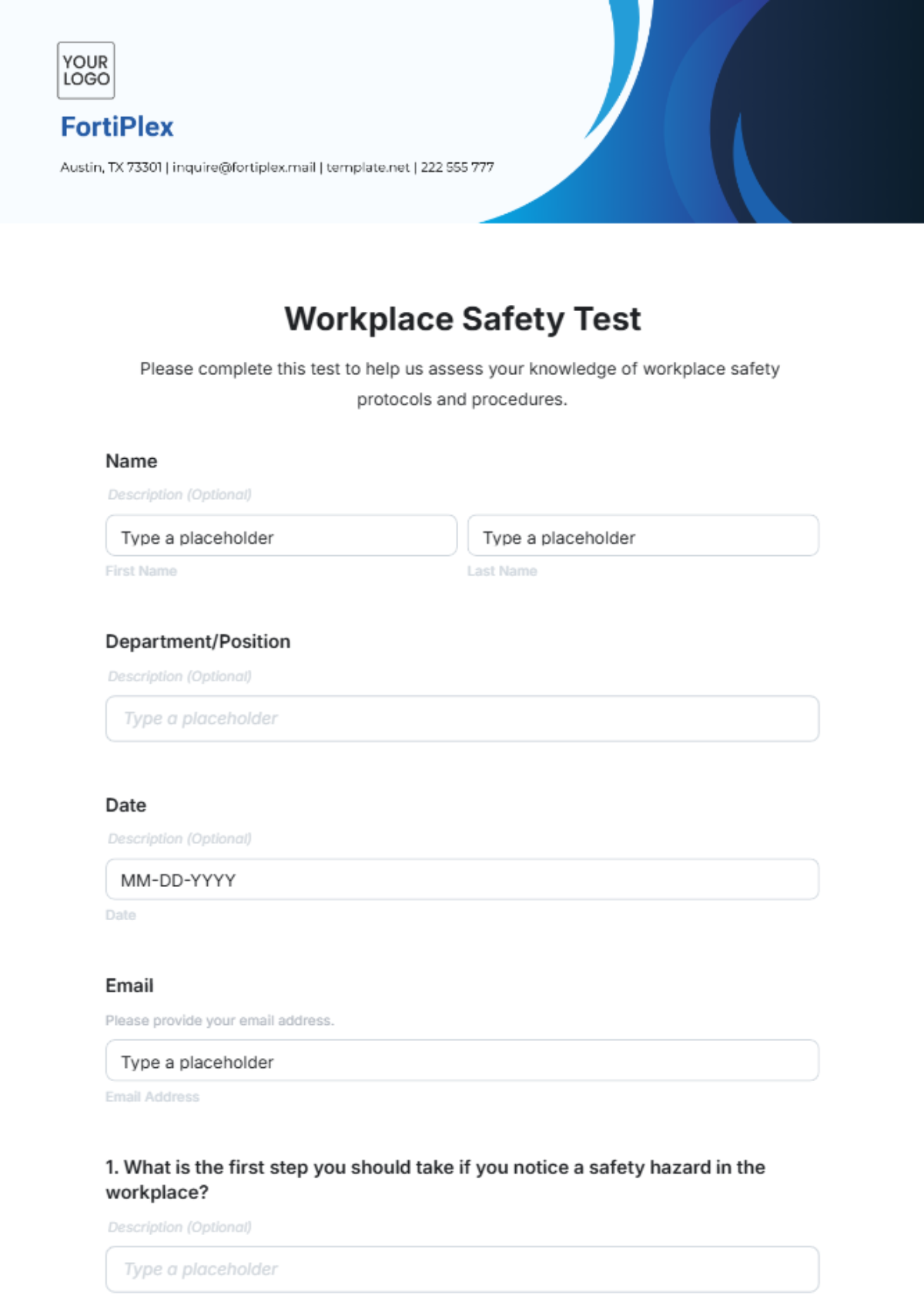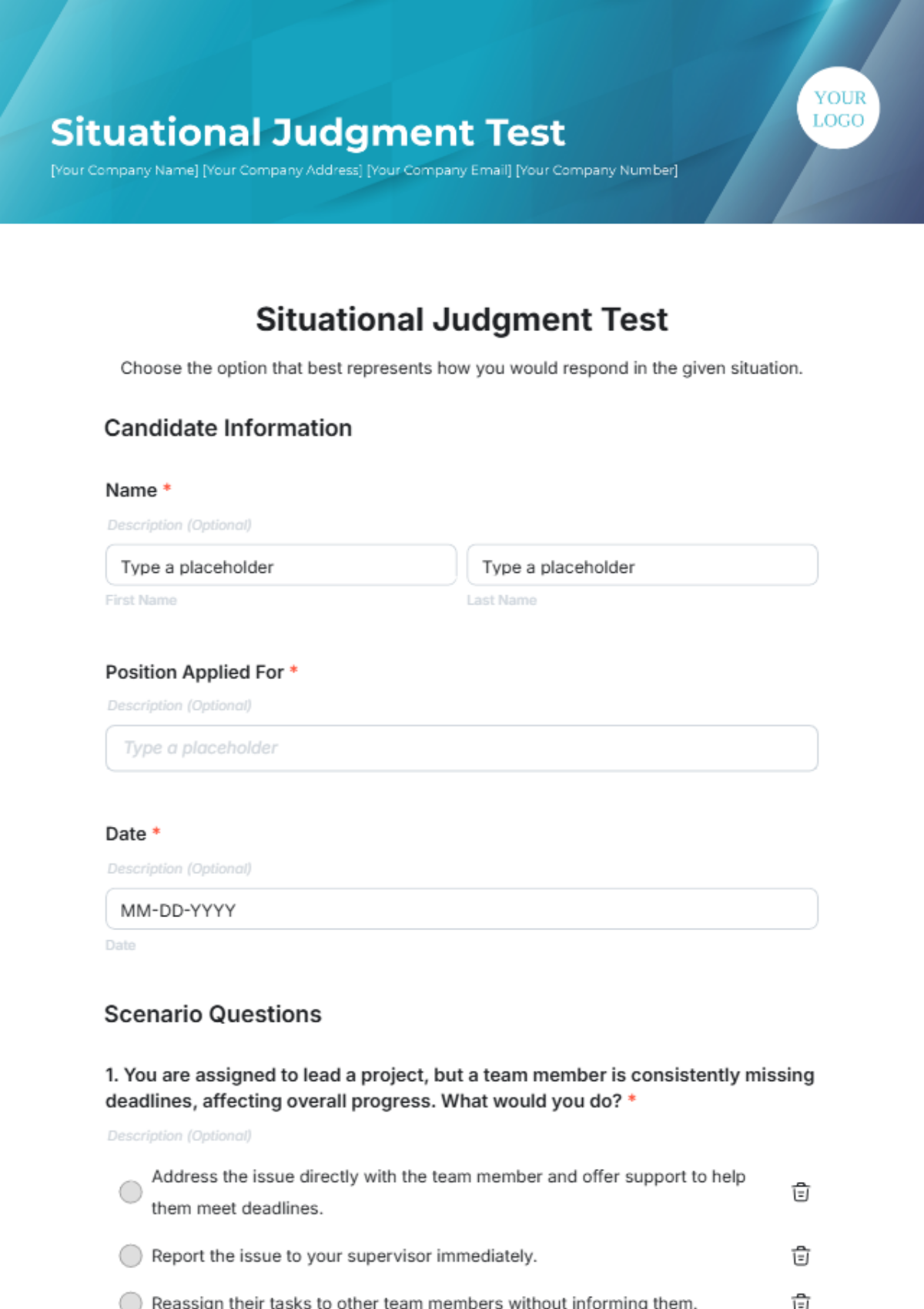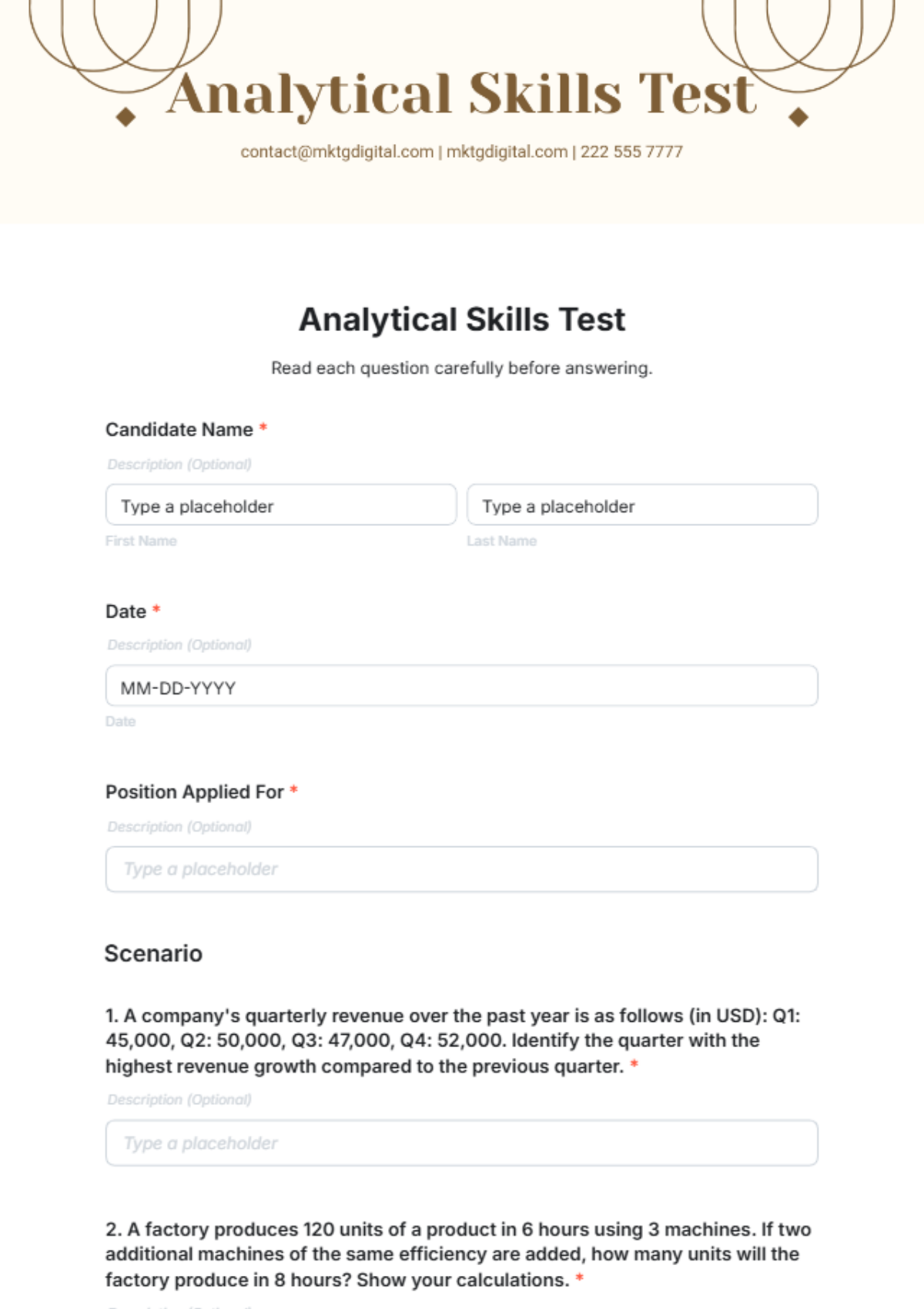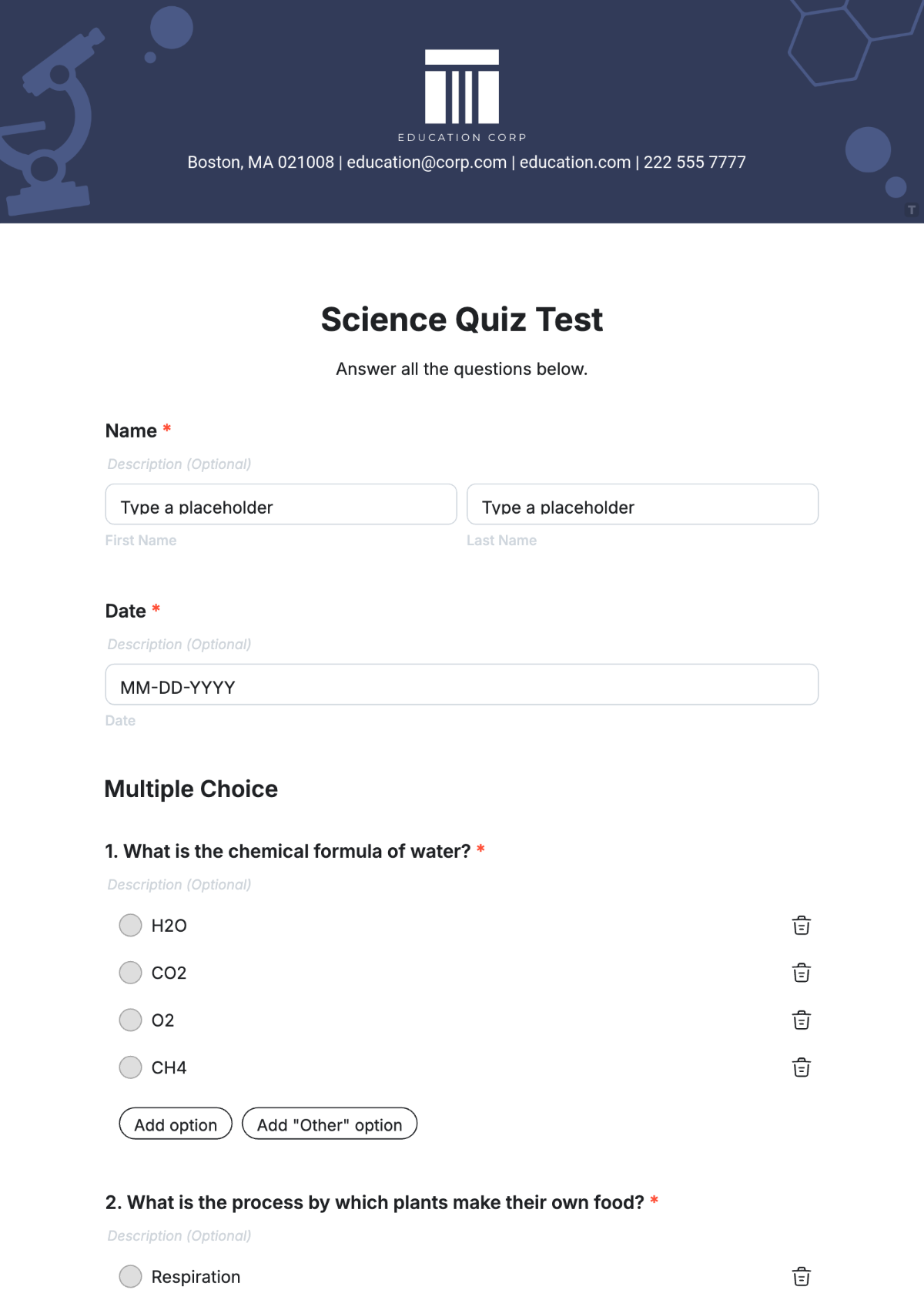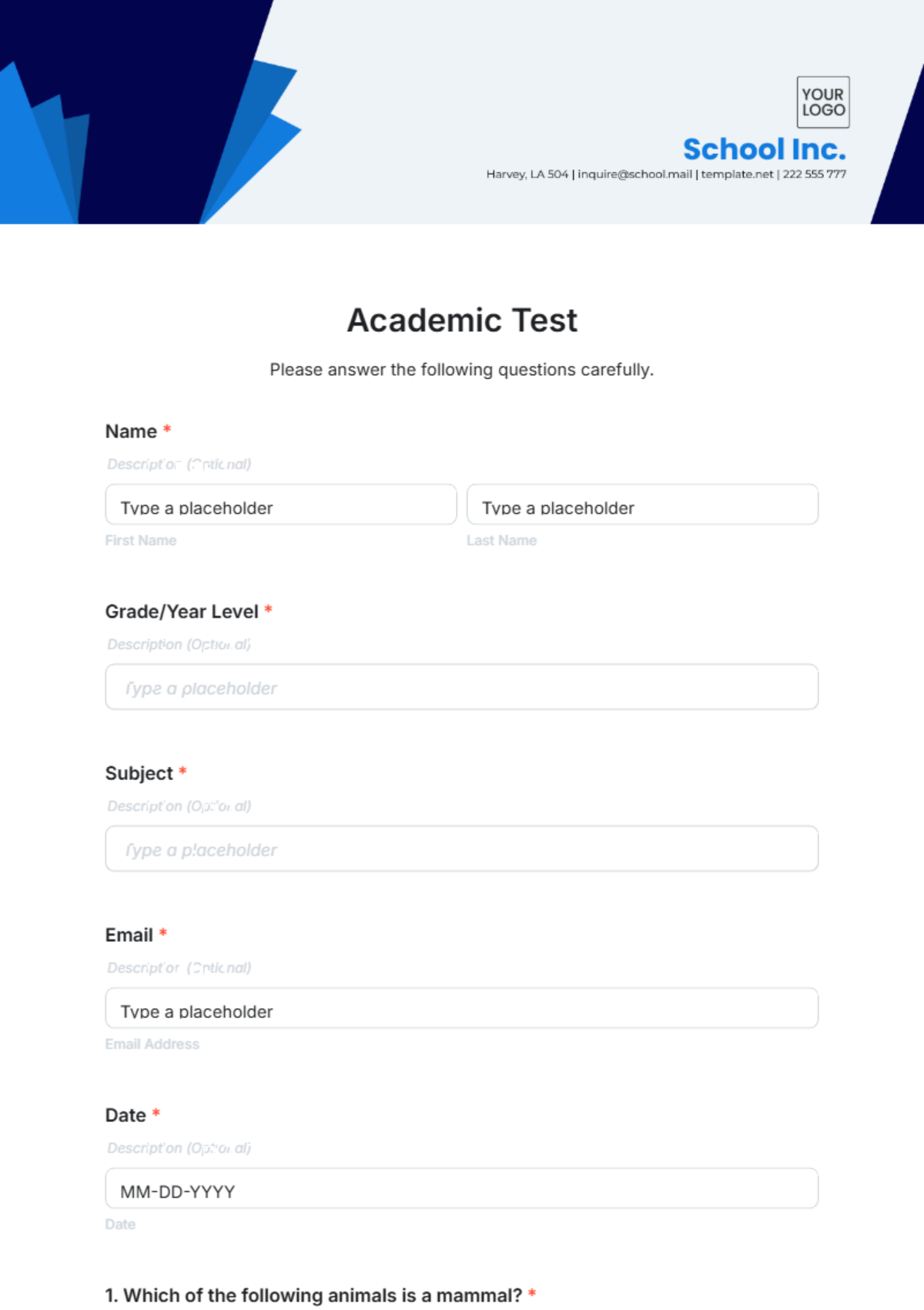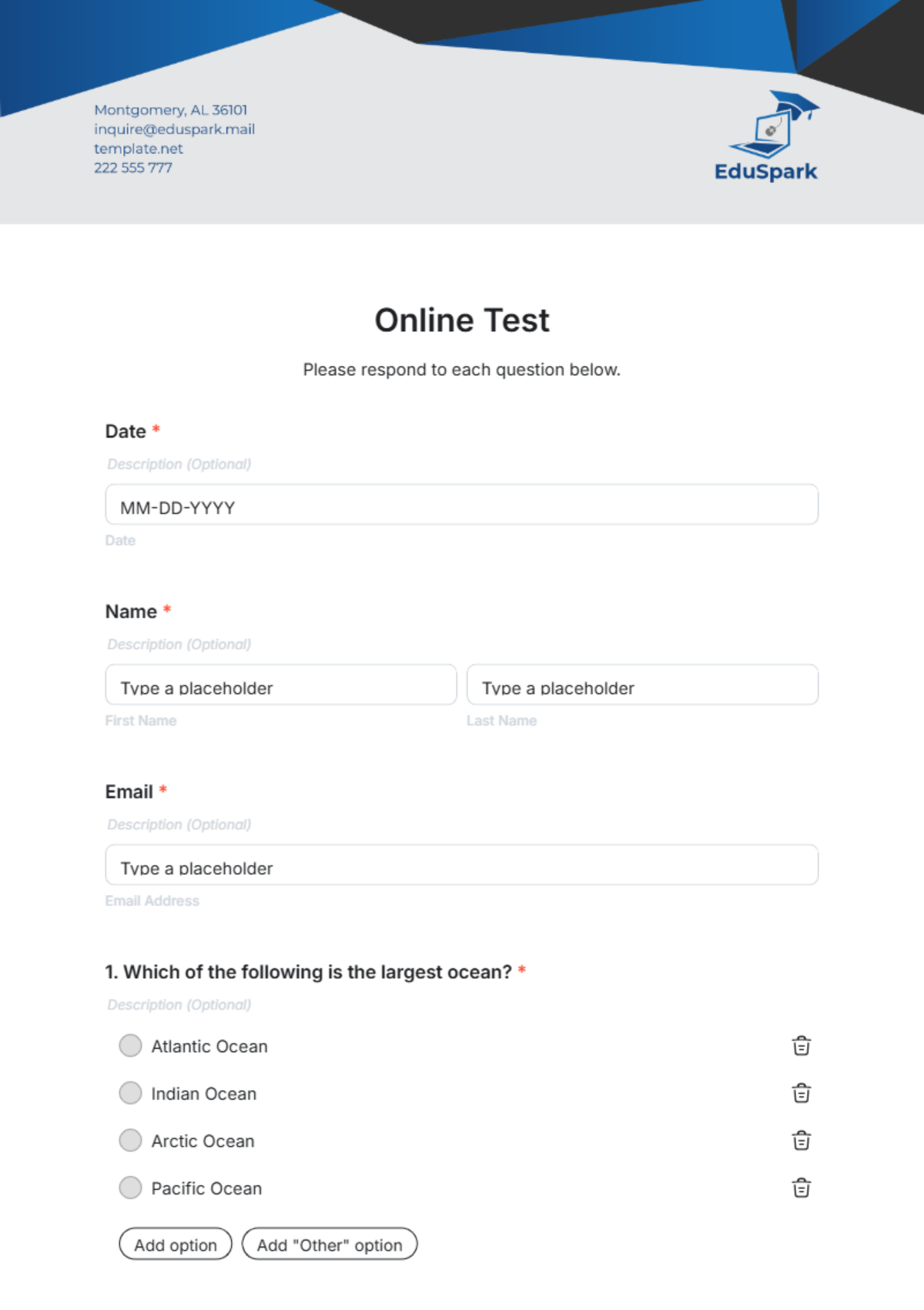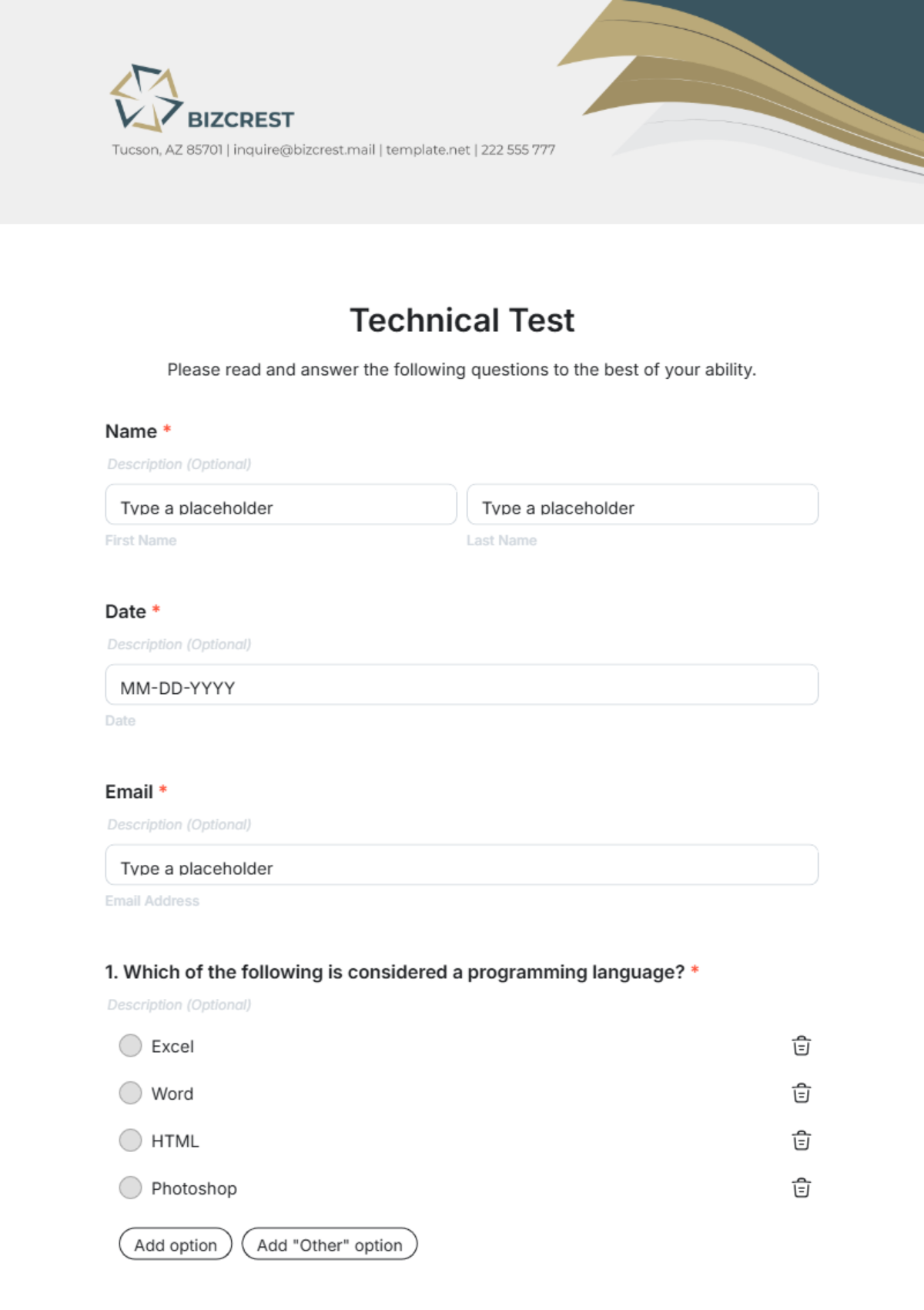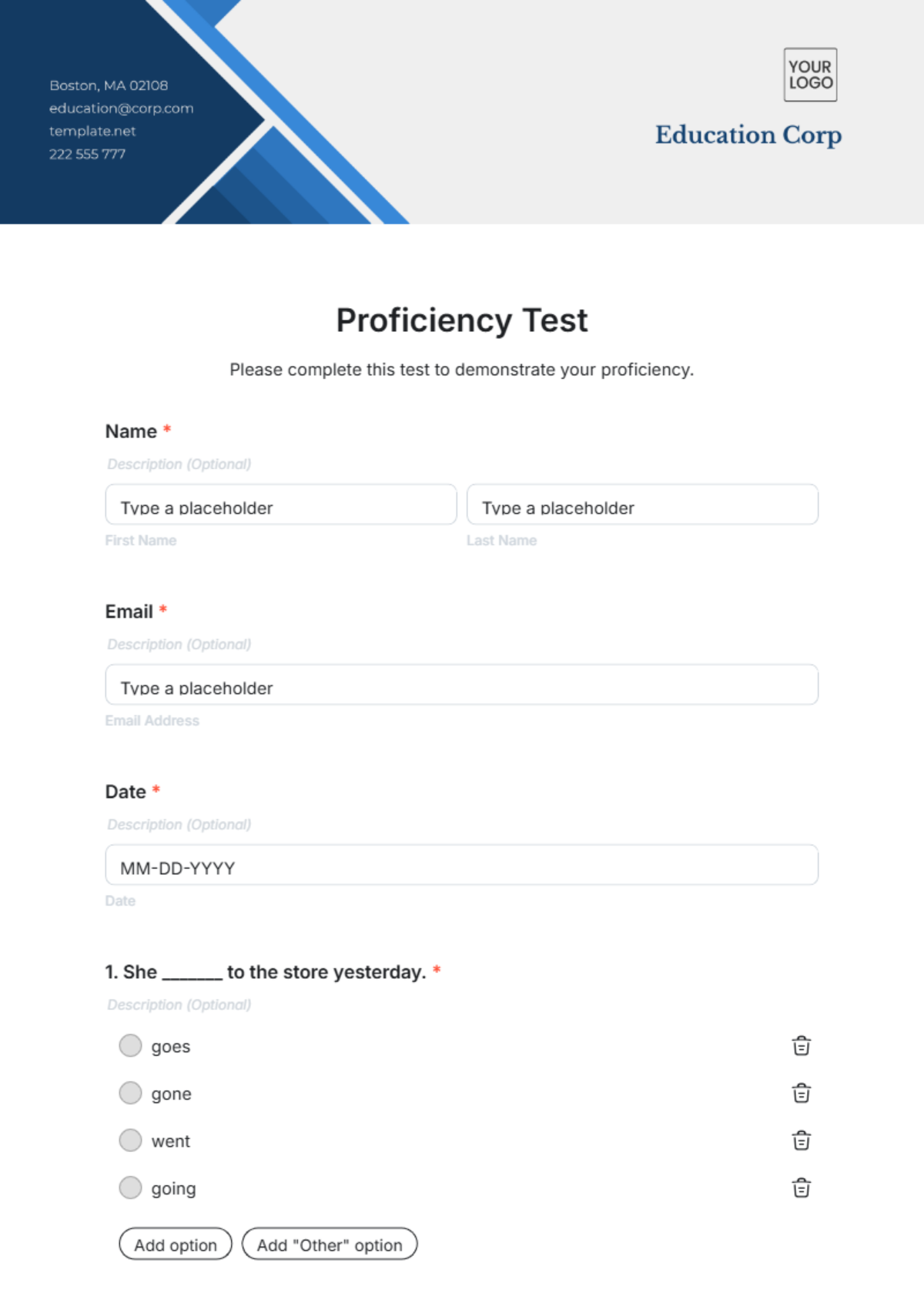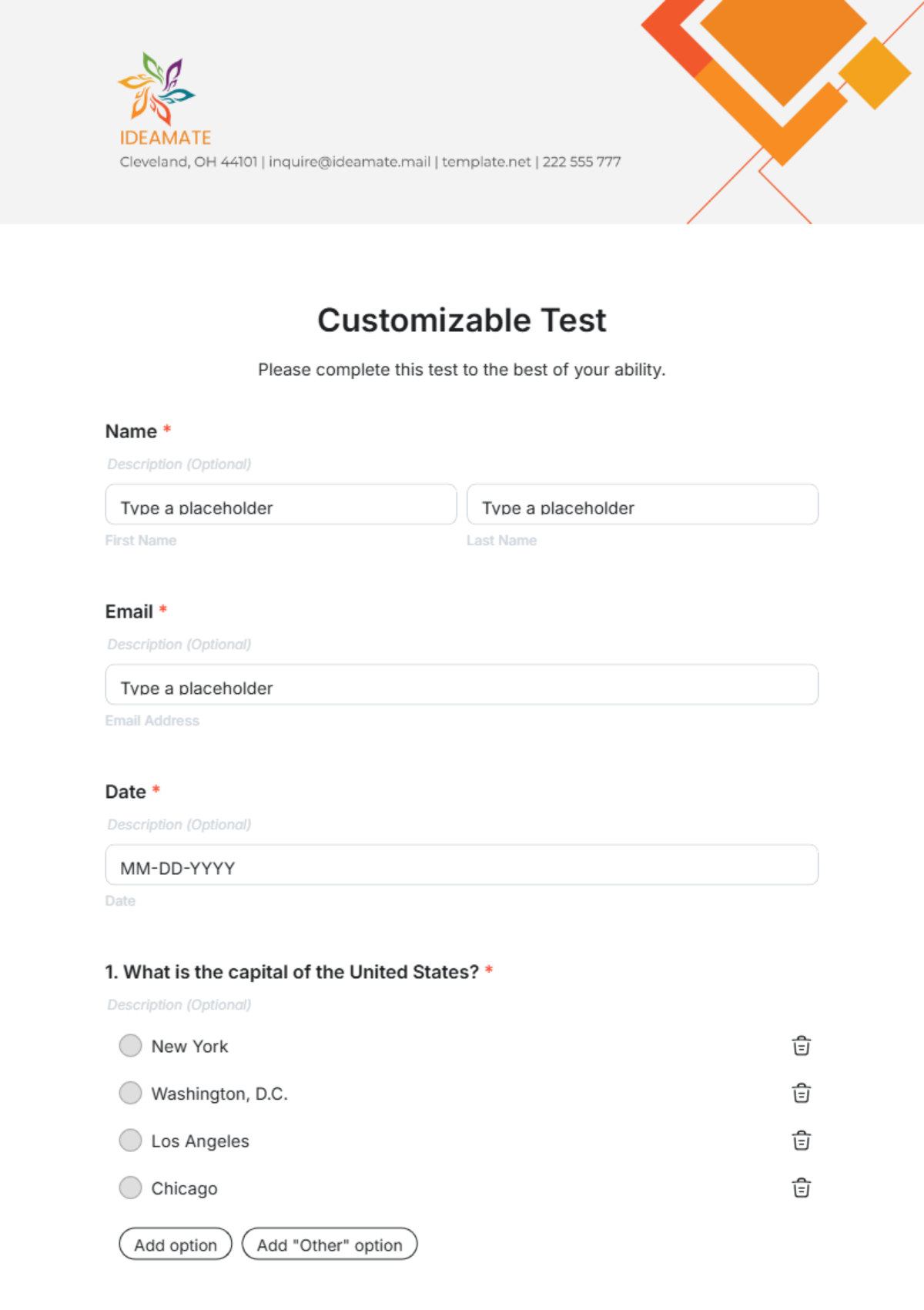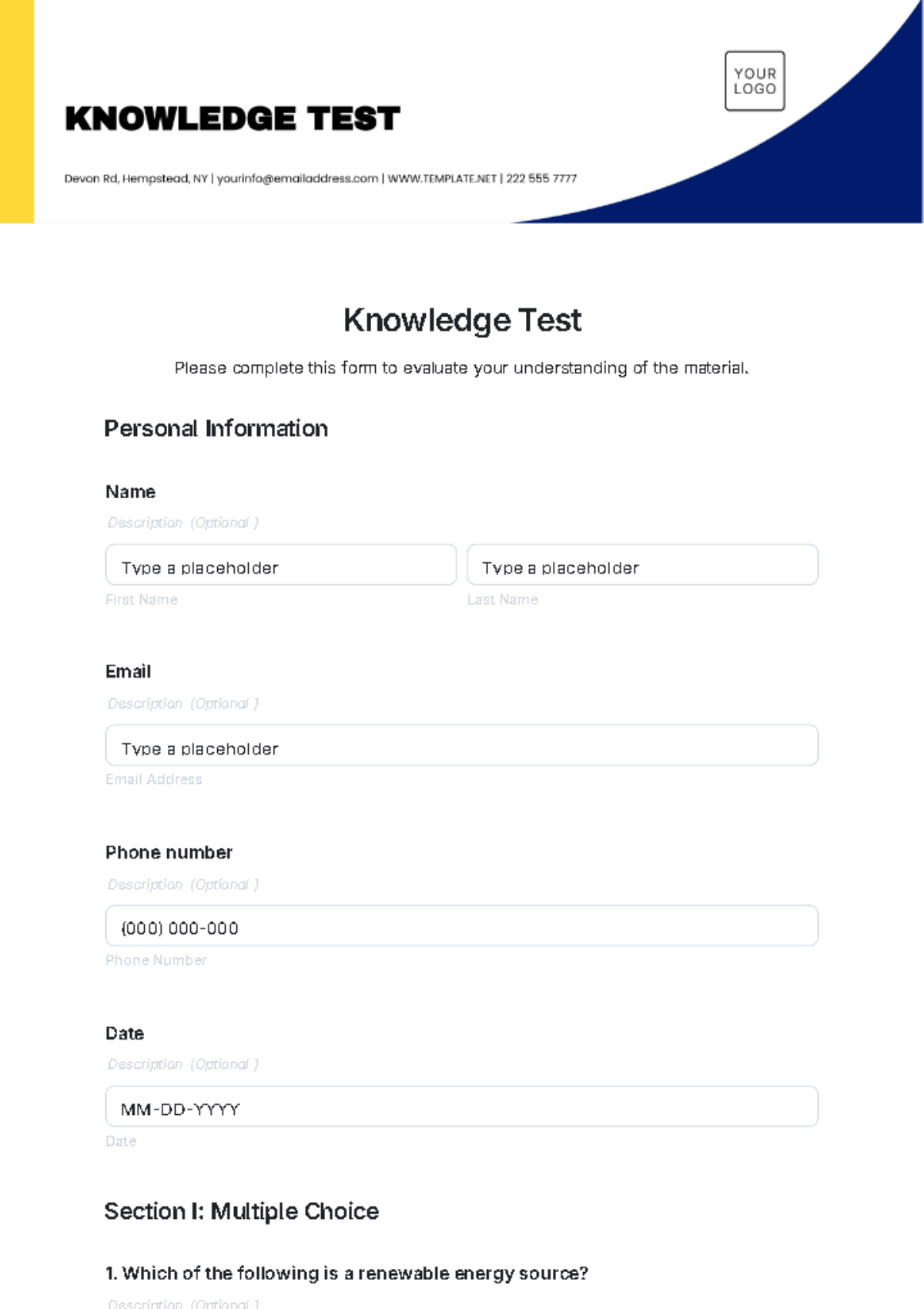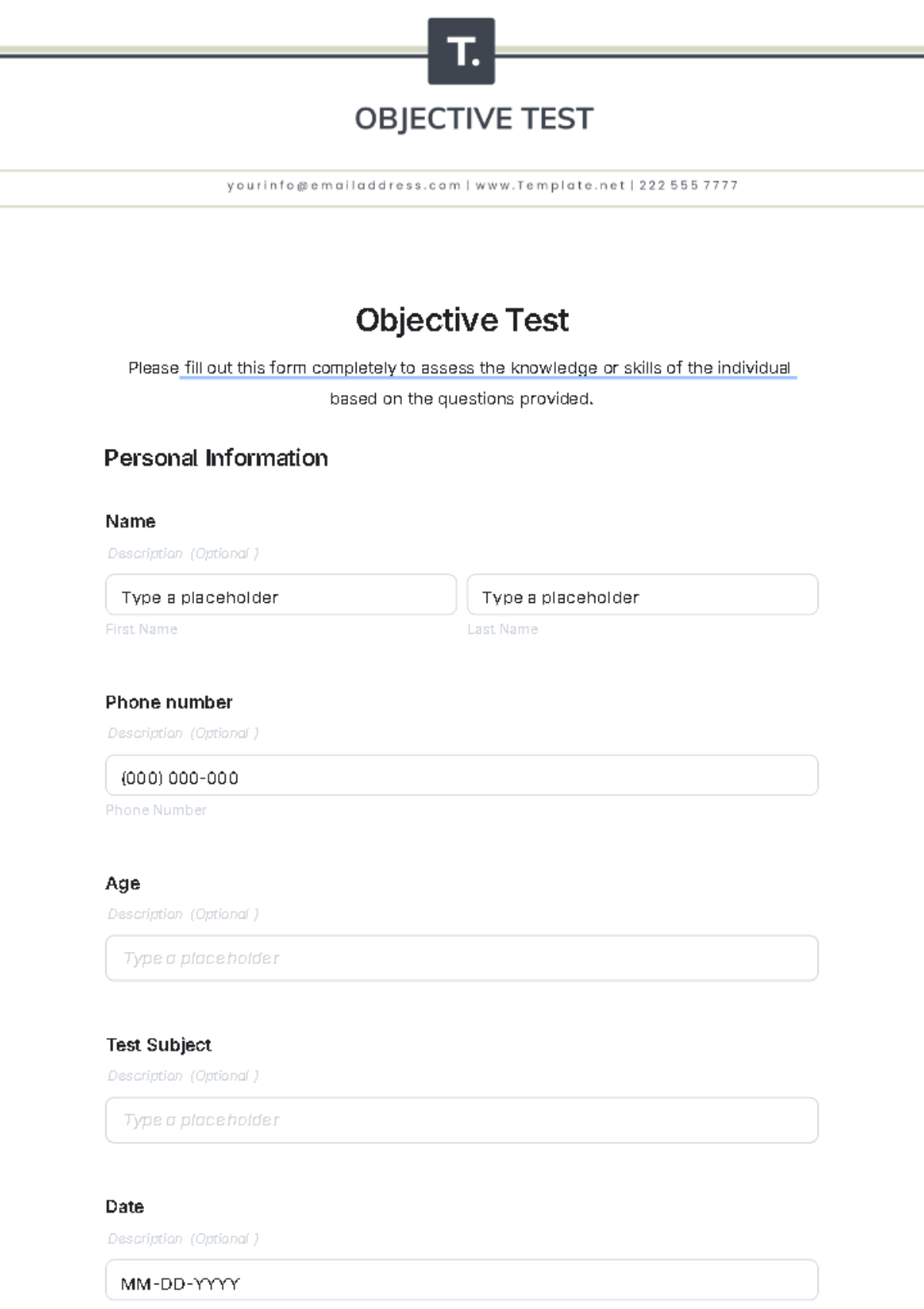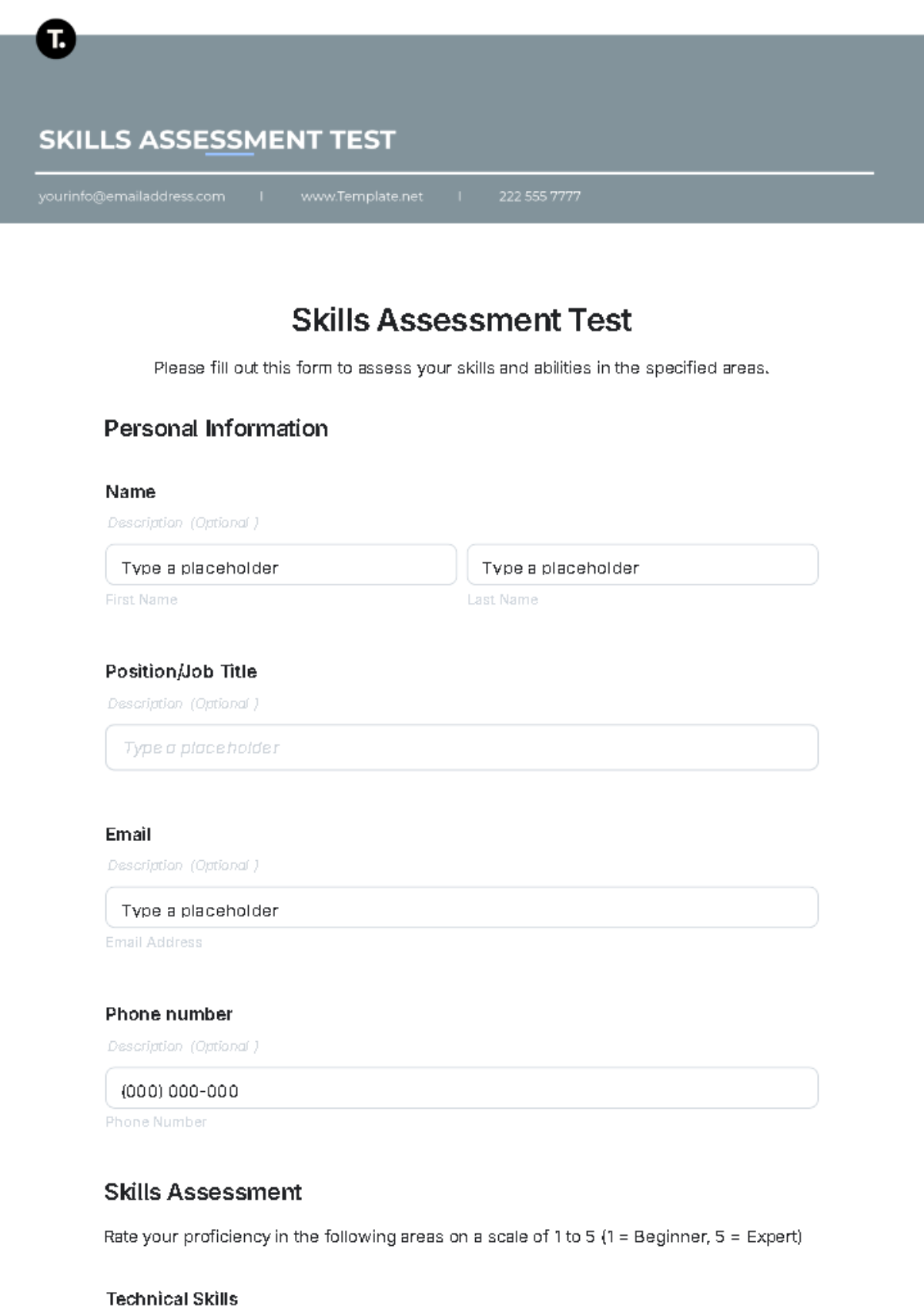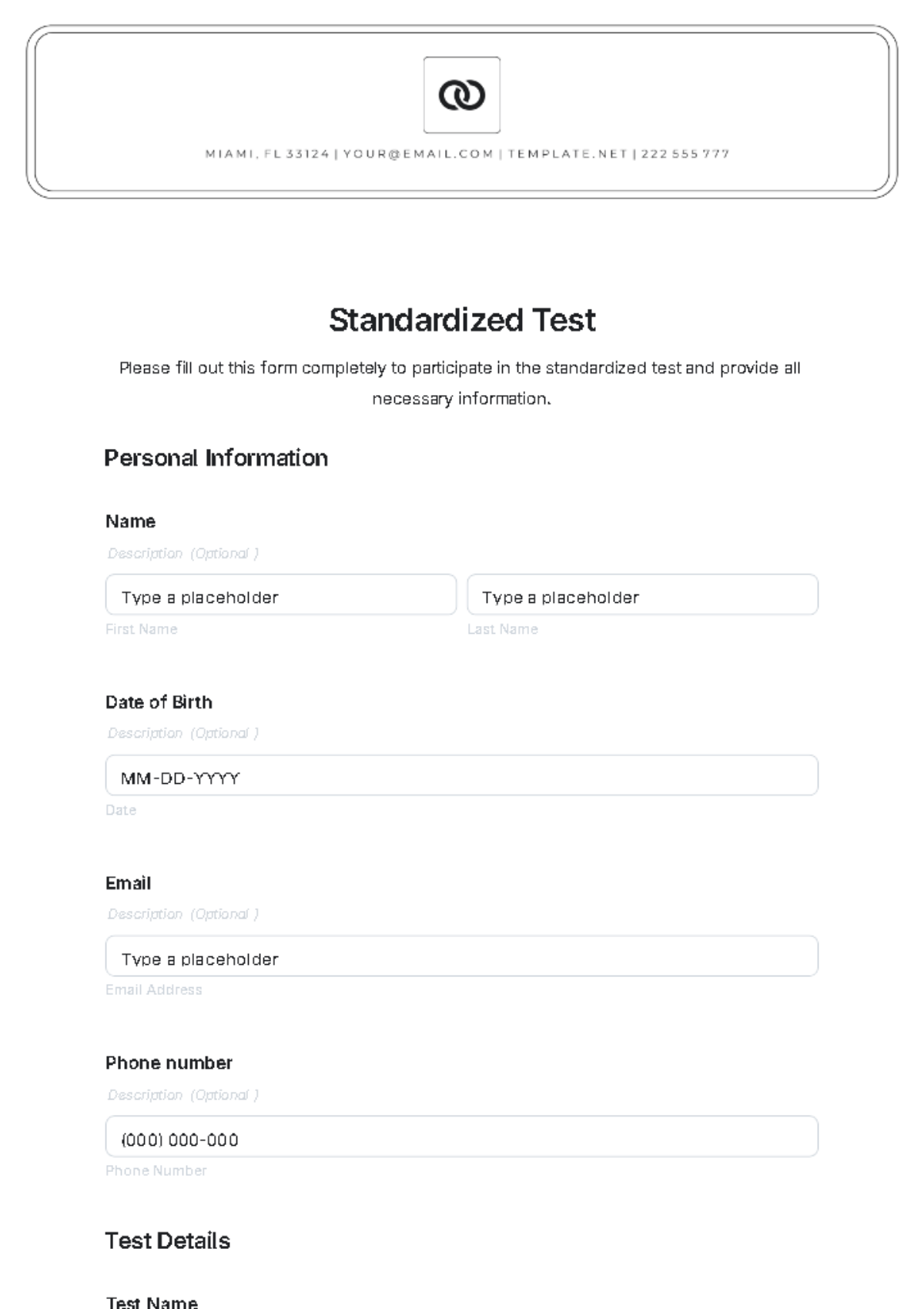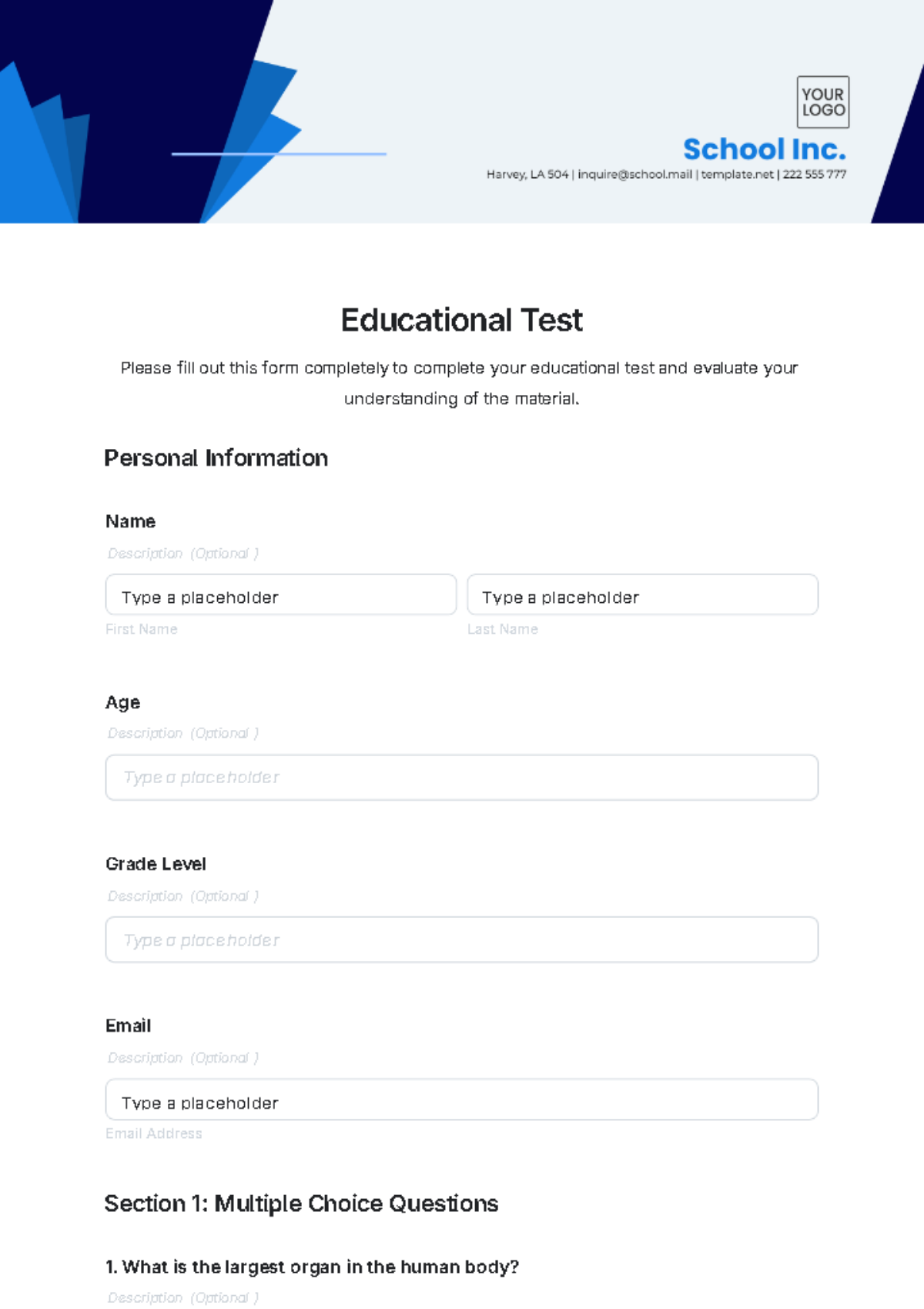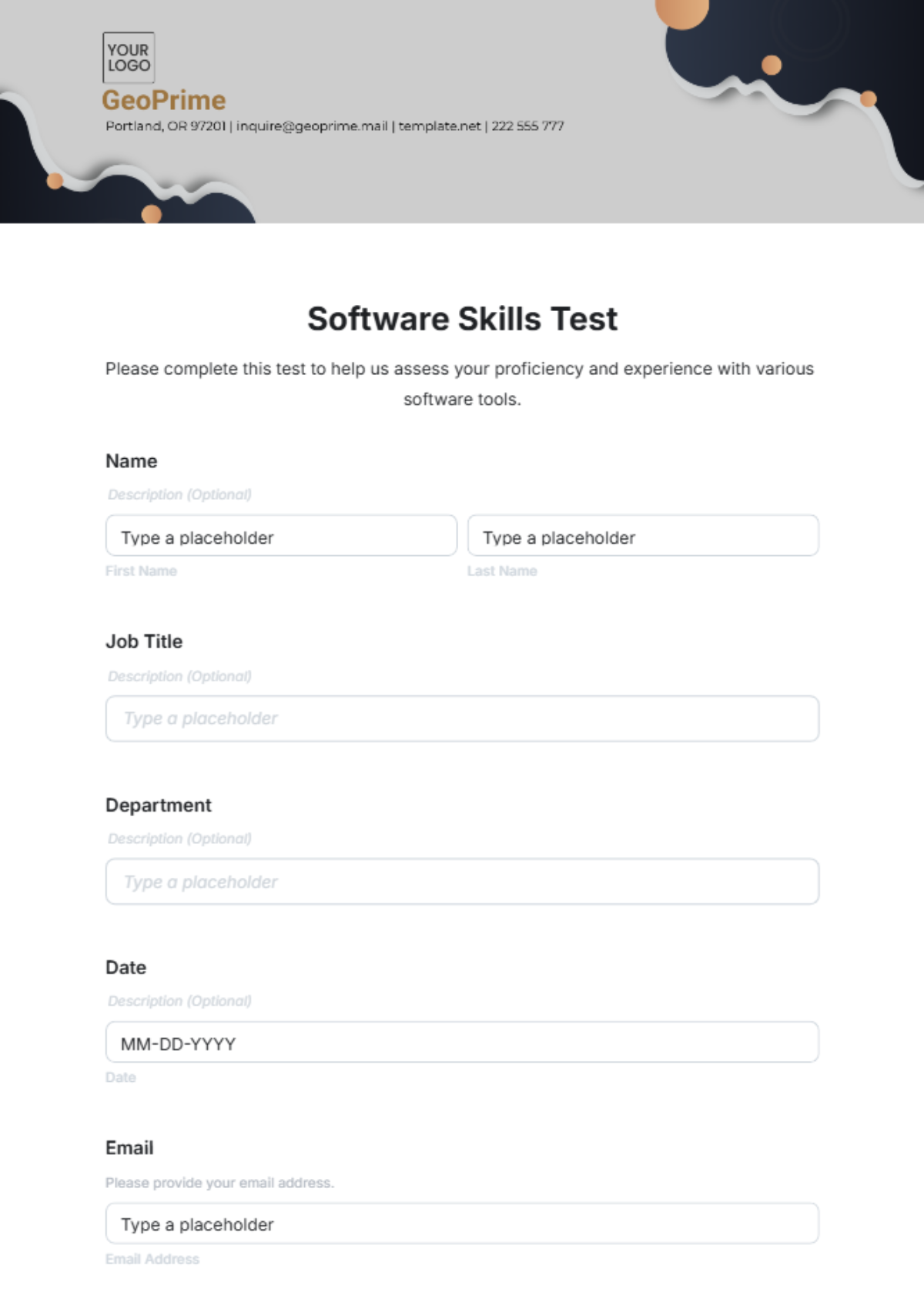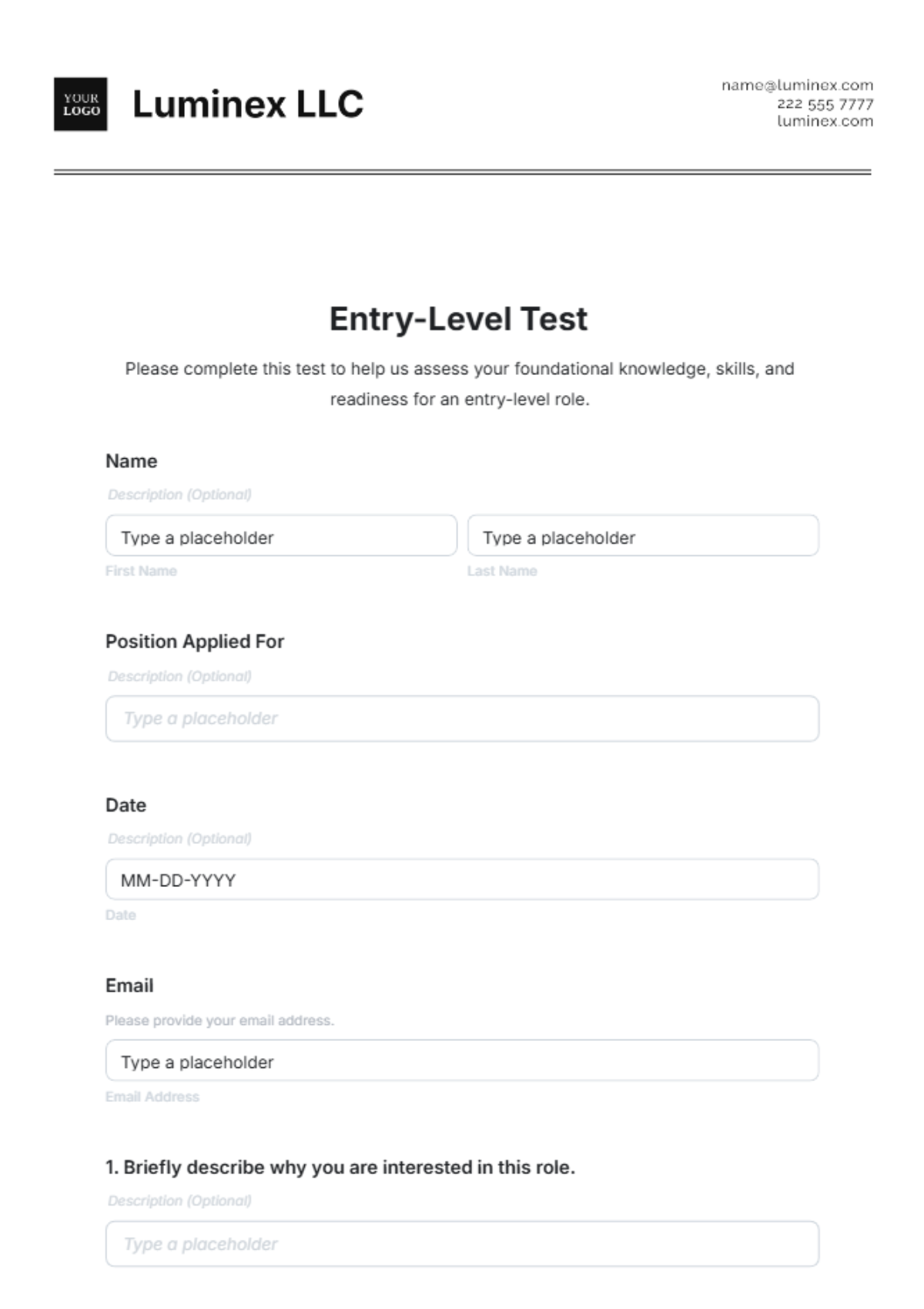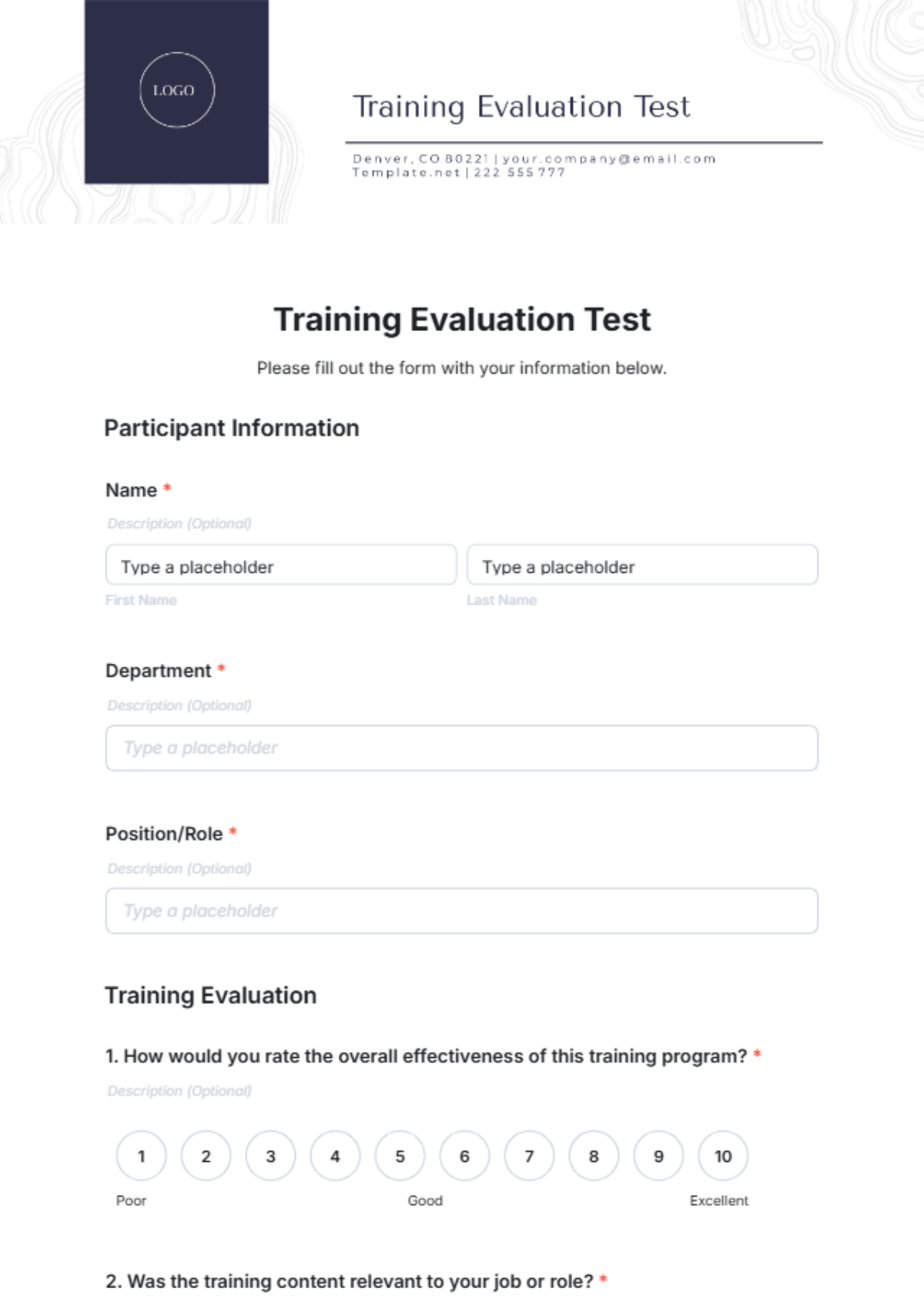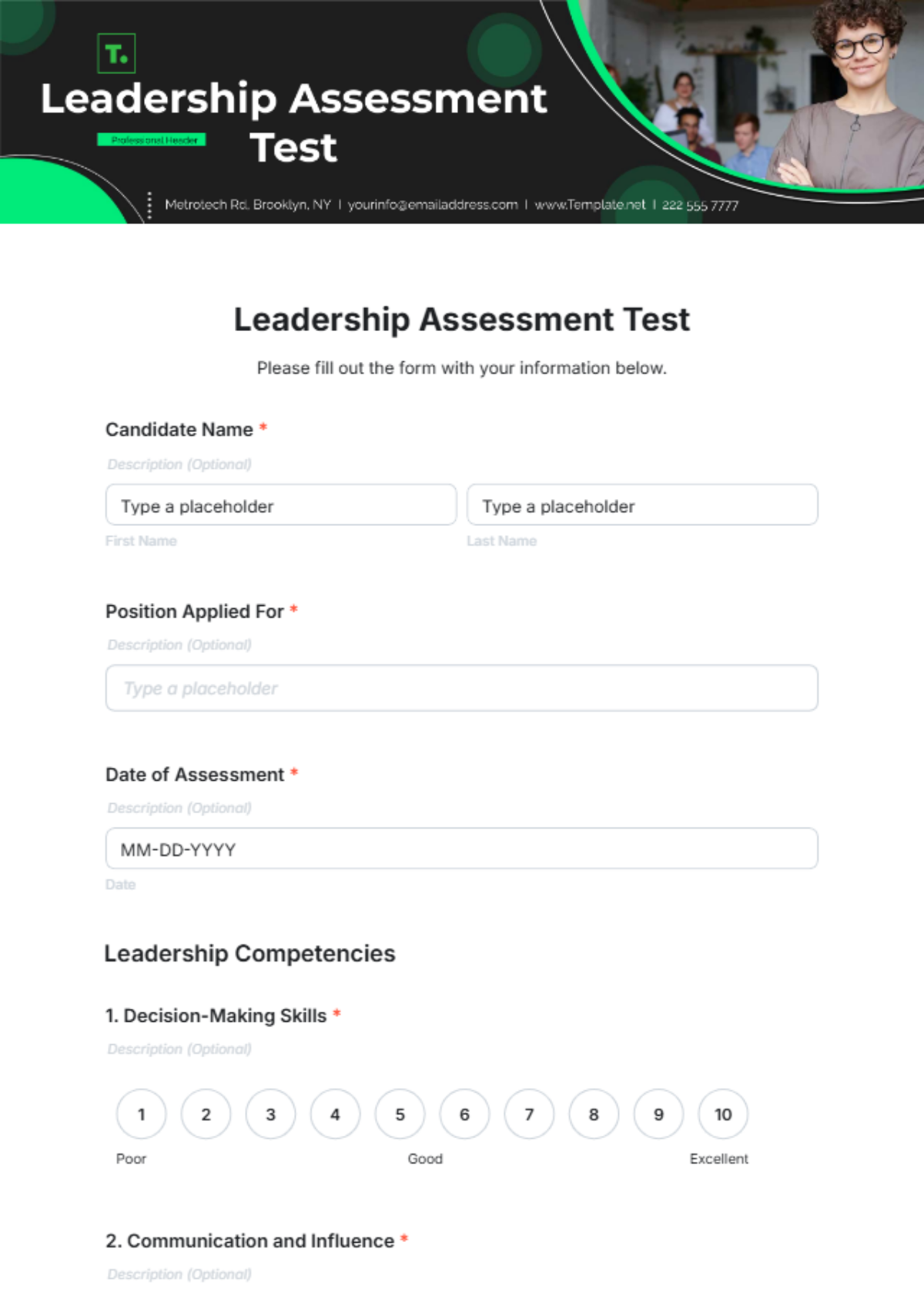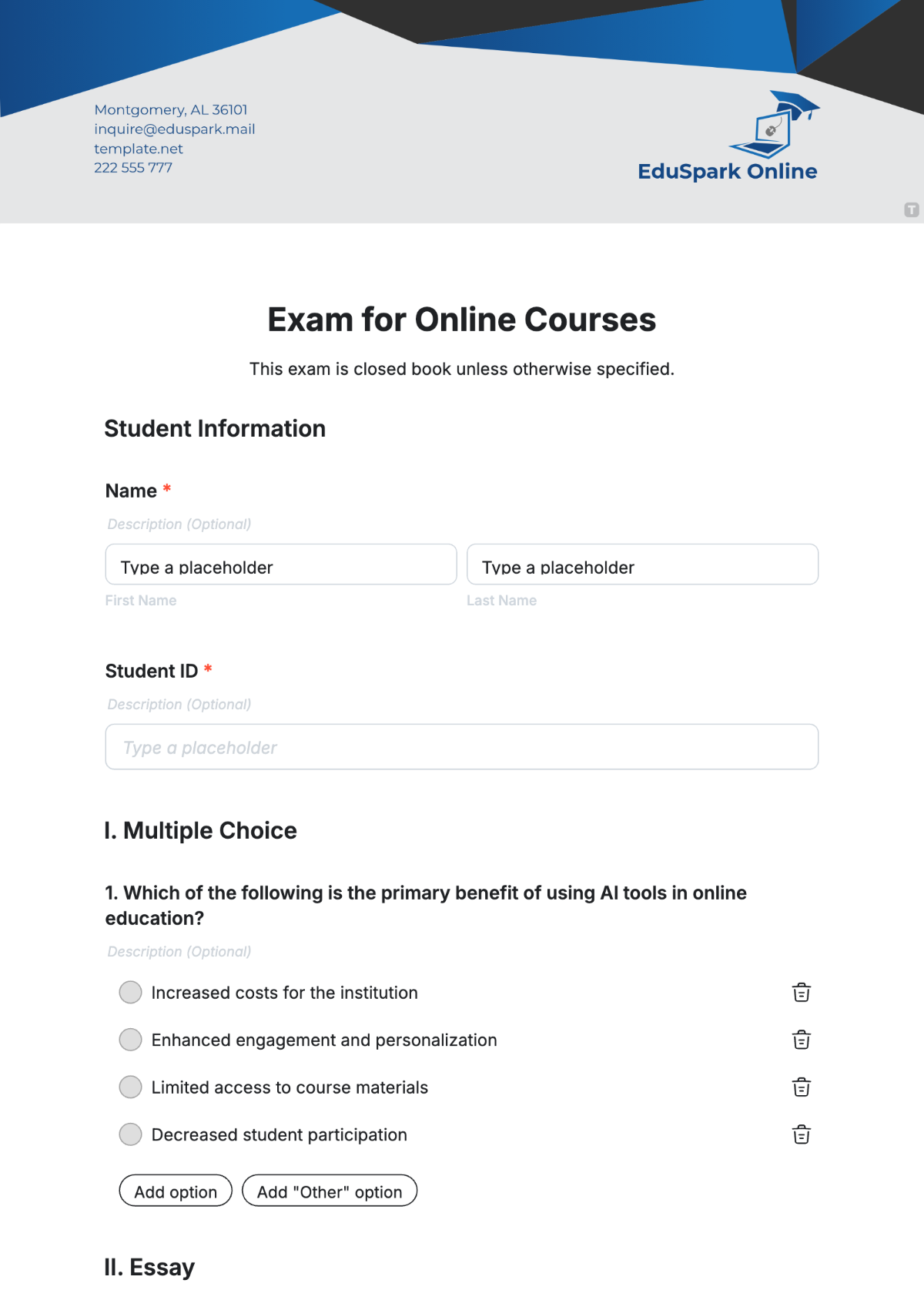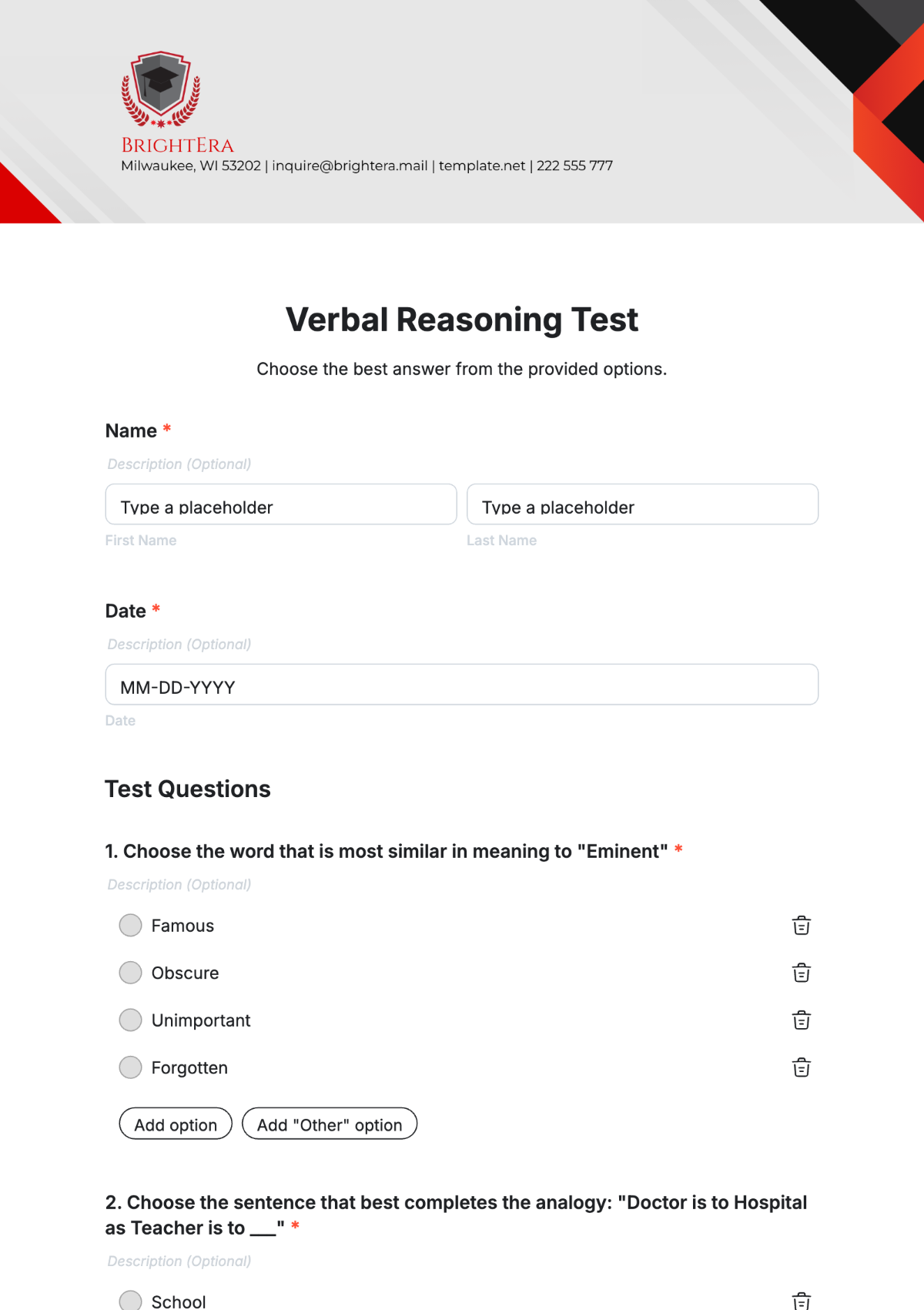Deployment Test Plan
Prepared by: [Your Name]
Email: [Your Email]
Date: [Date]
I. Introduction
This Deployment Test Plan outlines the testing strategy for deploying the new version of the "Retail Management System" to ensure a seamless transition and minimal disruption.
The document details the scope, resources, schedule, and deliverables required for the deployment. The deployment is critical as it impacts daily operations across all retail outlets and the online platform.
II. Objectives
The primary objectives of this Deployment Test Plan are:
Validate the integrity and functionality of the deployment package for version 3.5 of the Retail Management System.
Ensure compatibility with existing systems and environments including the POS systems, inventory management, and customer database.
Identify and mitigate potential risks associated with the deployment.
Ensure thorough testing of rollback procedures to restore version 3.4 if necessary.
III. Scope
This Deployment Test Plan encompasses the following environments and systems:
Production Environment: All retail outlets and the central online platform.
Staging Environment: A replica of the production environment used for final validation.
Development Environment: Where initial tests and development occur.
Testing will cover:
Functionality Testing: Verify new features such as the updated inventory tracking module.
Compatibility Testing: Ensure the system works with existing hardware and third-party integrations.
Performance Testing: Assess the system's response times and load handling, especially during peak hours.
Security Testing: Validate the system’s security measures including data encryption and user access controls.
Rollback Testing: Confirm that version 3.4 can be restored without data loss or significant downtime.
IV. Test Strategy
The test strategy for this deployment includes the following stages:
A. Pre-deployment Testing
Unit Testing: Individual components like the new discount module will be tested by developers.
Integration Testing: Ensure modules such as payment processing and inventory management work together.
System Testing: End-to-end testing of the entire system in the development environment.
B. Deployment Testing
Functional Verification: Ensure the deployment is installed correctly in the staging environment.
Smoke Testing: Initial testing to check if the critical functions work post-deployment.
Sanity Testing: Quick checks to ensure minor updates and bug fixes are correctly implemented.
C. Post-deployment Testing
Regression Testing: Ensure that recent changes have not affected existing functionalities.
User Acceptance Testing (UAT): Involve key users from retail outlets to validate the system.
Performance Monitoring: Continuously monitor system performance in the first week post-deployment.
V. Test Deliverables
The following documents and artifacts will be produced as part of this Deployment Test Plan:
Test Plan Document: This document detailing the testing strategy.
Test Cases and Test Scripts: Specific scenarios and scripts for each testing phase.
Test Data: Sample data used for testing, including mock transactions.
Test Reports: Summaries of testing activities and outcomes.
Defect Logs: Records of any issues identified and their resolutions.
VI. Resources
The following resources are required for the deployment testing:
Role | Responsibility | Name | Contact |
|---|---|---|---|
QA Lead | Oversee the testing process | [Your Name] | [Your Email] |
Test Engineer | Execute test cases and report issues | [Test Engineer Name] | [Email] |
Developer | Provide technical support | [Developer Name] | [Email] |
VII. Schedule
The deployment testing schedule is as follows:
Task | Start Date | End Date | Responsible Person |
|---|---|---|---|
Pre-deployment Testing | June 1, 2050 | June 10, 2050 | [Name] |
Deployment Testing | June 11, 2050 | June 12, 2050 | [Name] |
Post-deployment Testing | June 13, 2050 | June 20, 2050 | [Name] |
VIII. Risk Management
Potential risks and mitigation strategies include:
Risk | Impact | Probability | Mitigation Strategy |
|---|---|---|---|
System Downtime | High | Medium | Perform thorough testing in a staging environment and ensure rollback procedures are in place |
Compatibility Issues | Medium | Low | Continuous integration and regression testing, along with thorough documentation reviews |
Data Loss | High | Low | Ensure complete data backup before deployment and validate backup integrity |
IX. Approval
This Deployment Test Plan has been reviewed and approved by:
Role | Name | Date | Signature |
|---|---|---|---|
Project Manager | [Your Name] | May 25, 2050 |
|
QA Lead | [QA Lead Name] | May 25, 2050 |
|
Development Lead | [Development Lead Name] | May 25, 2050 |
|

